

Matching outstanding AudioQuest performance with non-sacrificial surge protection, the new PowerQuest 303, 505, and 707 power conditioners create excellent foundations for stereo systems, multichannel home theaters, and custom installations.
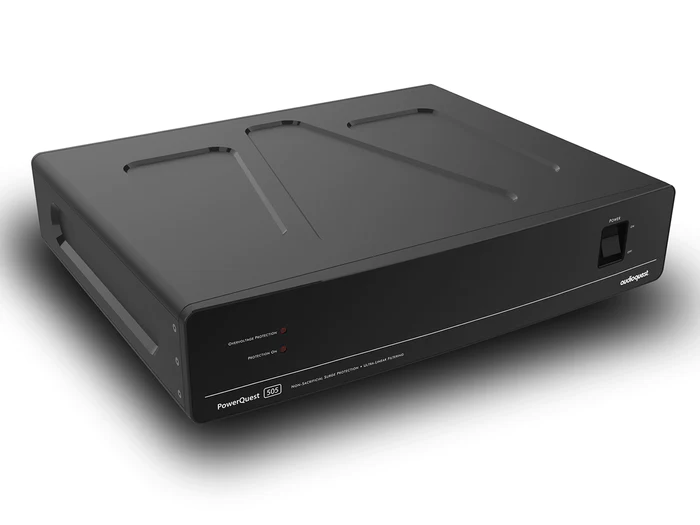

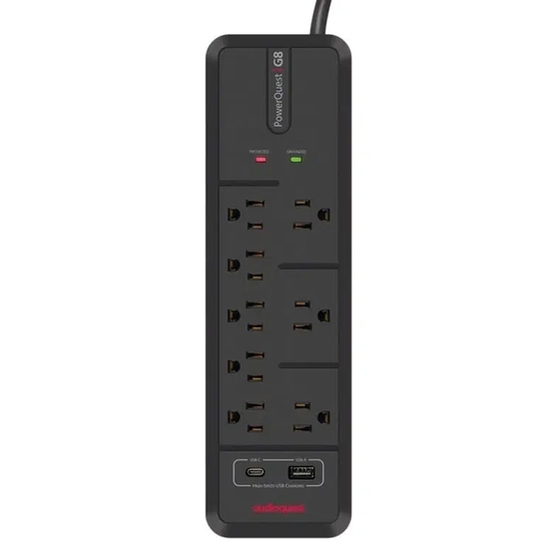
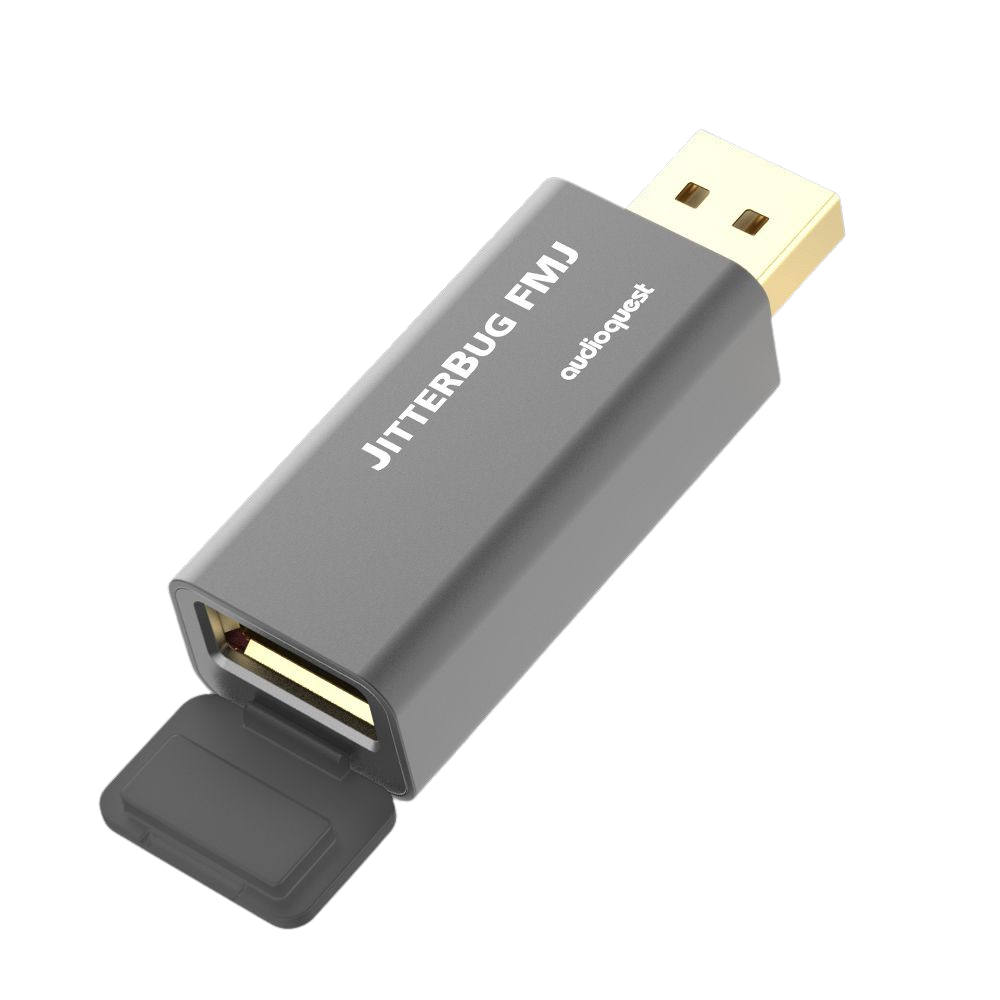
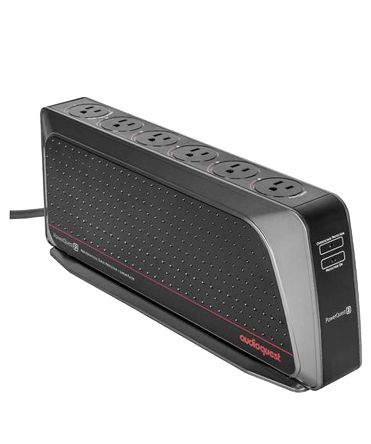
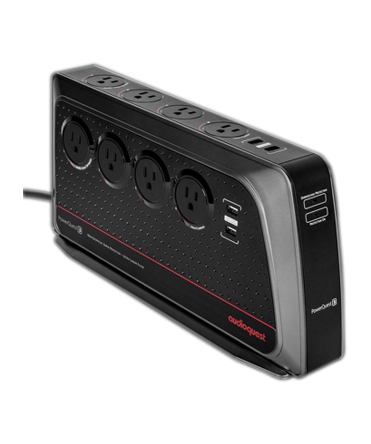
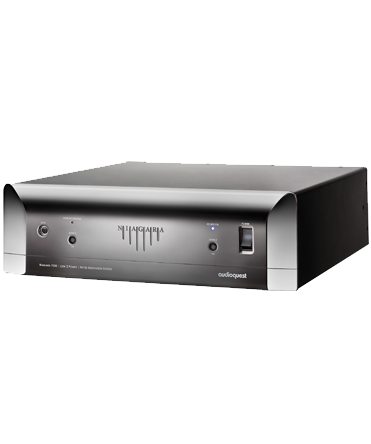
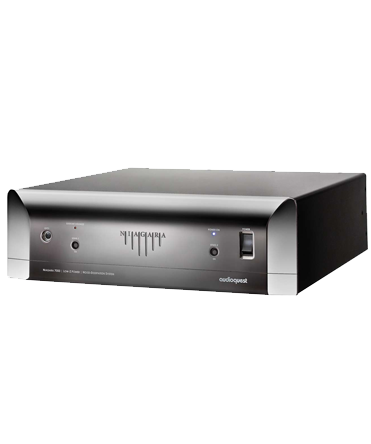
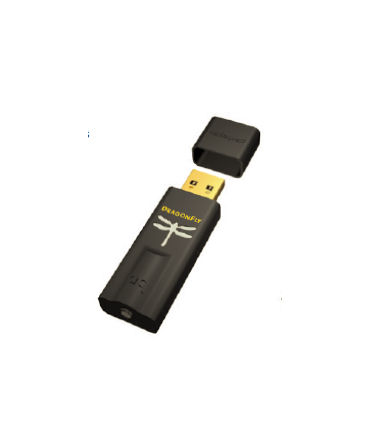
Cobalt blue automotive finish with silver lettering | Protective endcap | Contoured enclosure | Leatherette travel pouch | DragonTail USB-C adaptor
The science of AC power delivery is not a simple one; it demands focus, and the devil is in the details. In fact, the great increase in airborne and AC-line-transmitted radio signals, combined with overtaxed utility lines and the ever-increasing demands from high-definition audio/video components, has rendered our utilities’ AC power a somewhat antiquated technology.
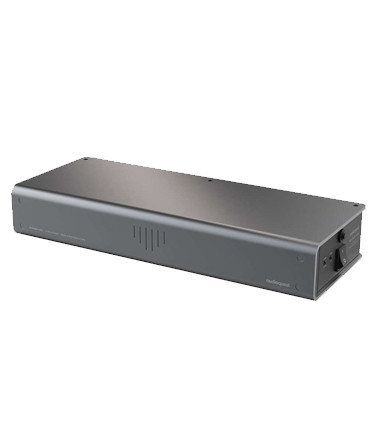
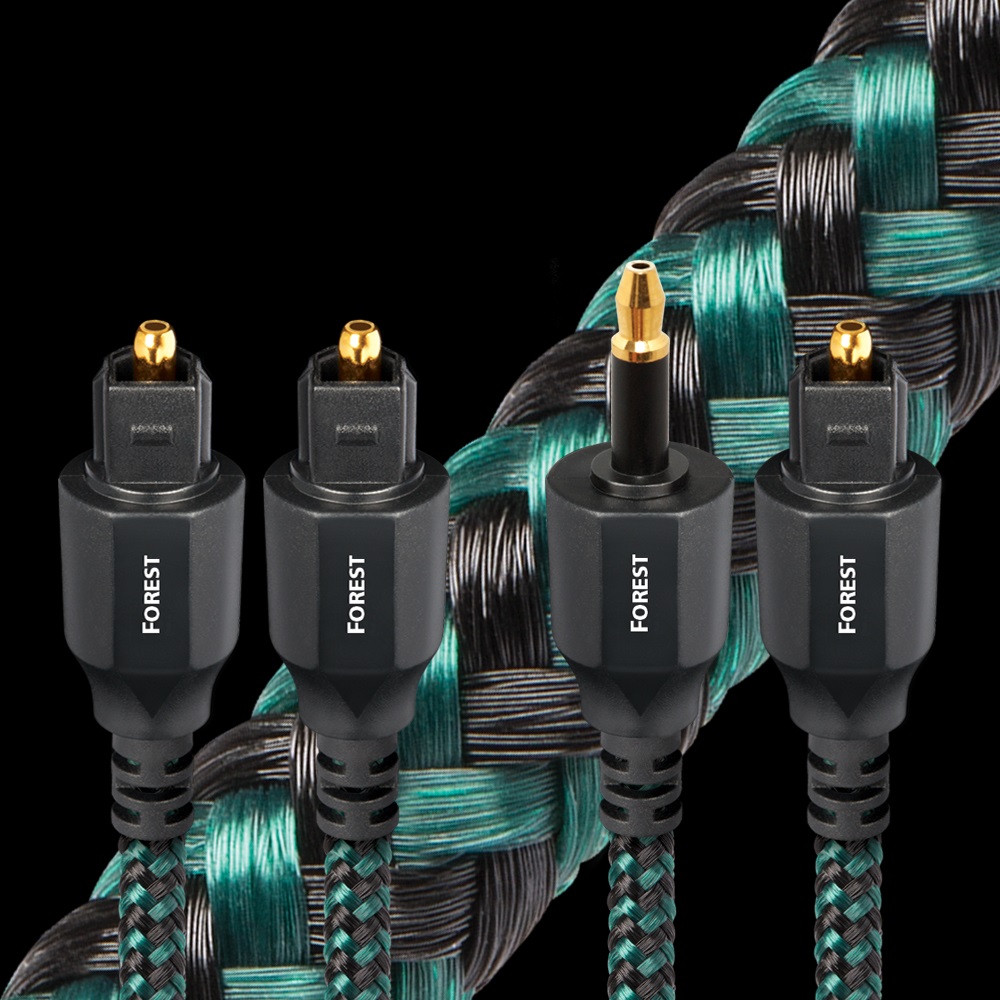
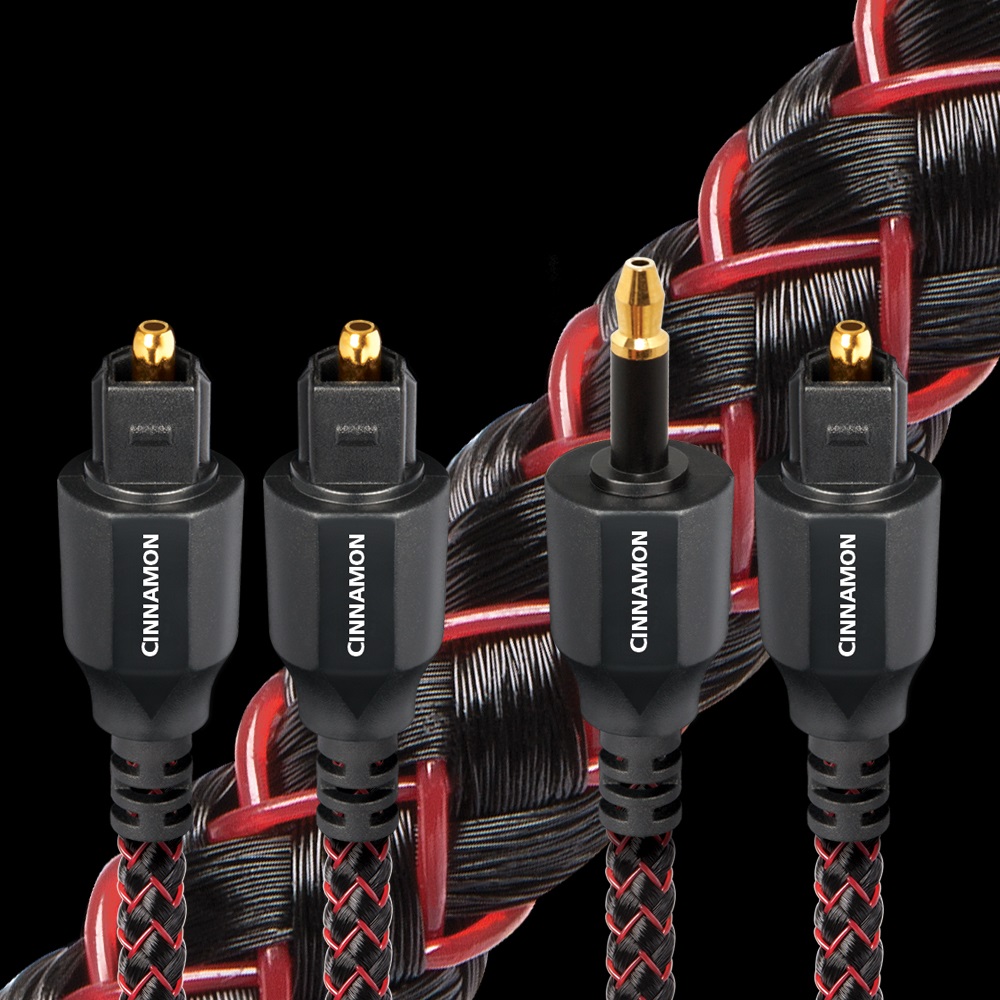
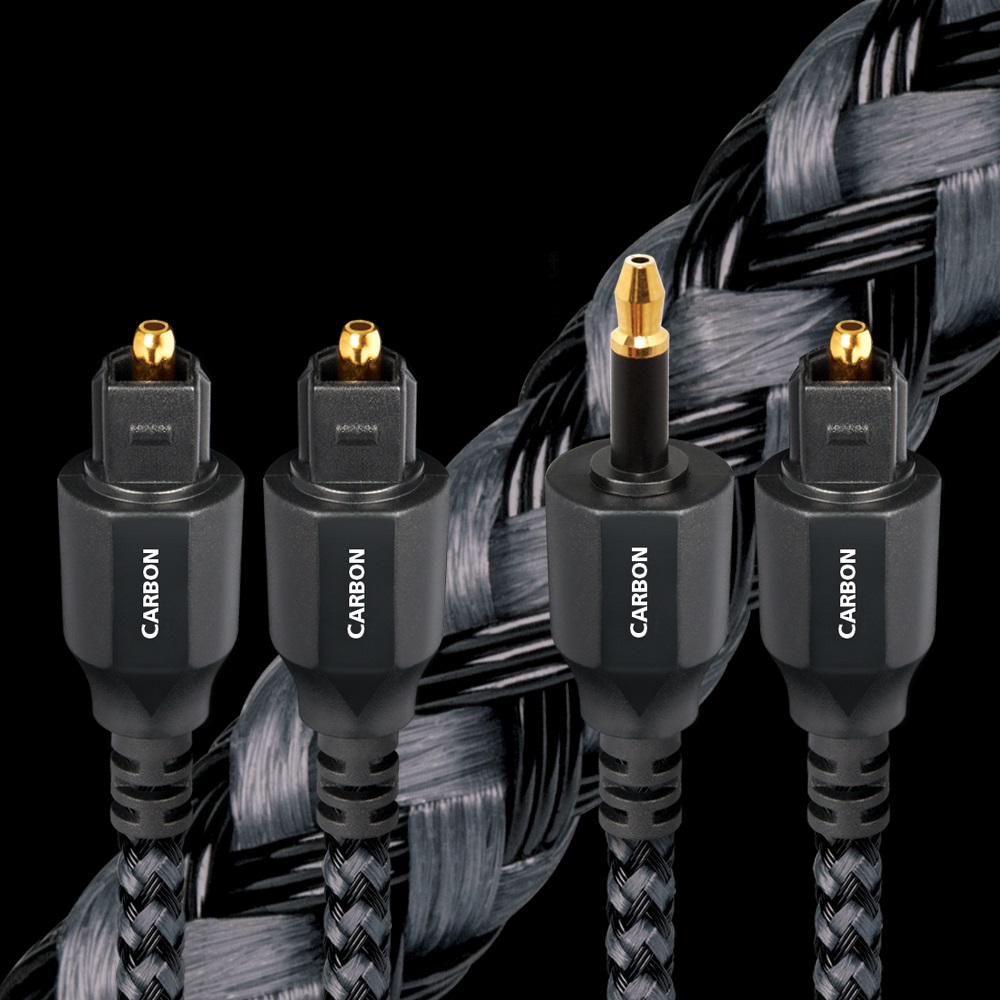
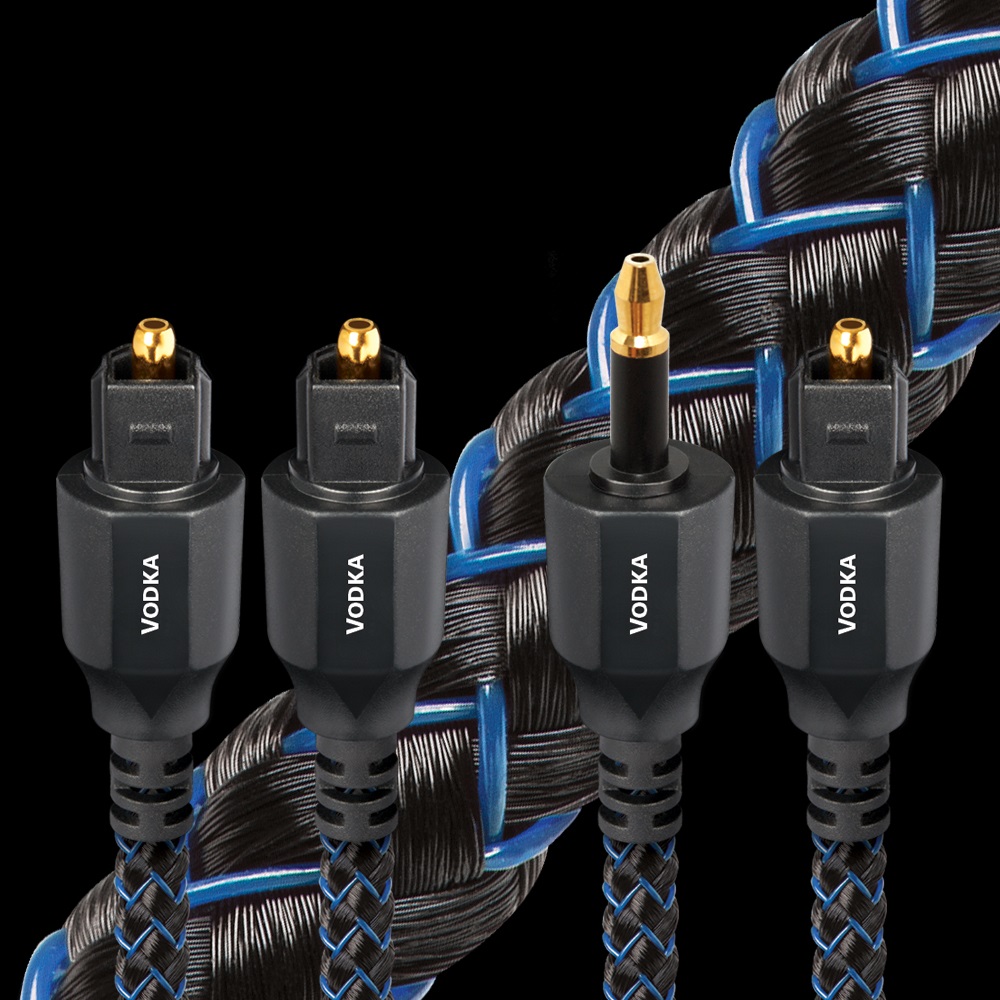
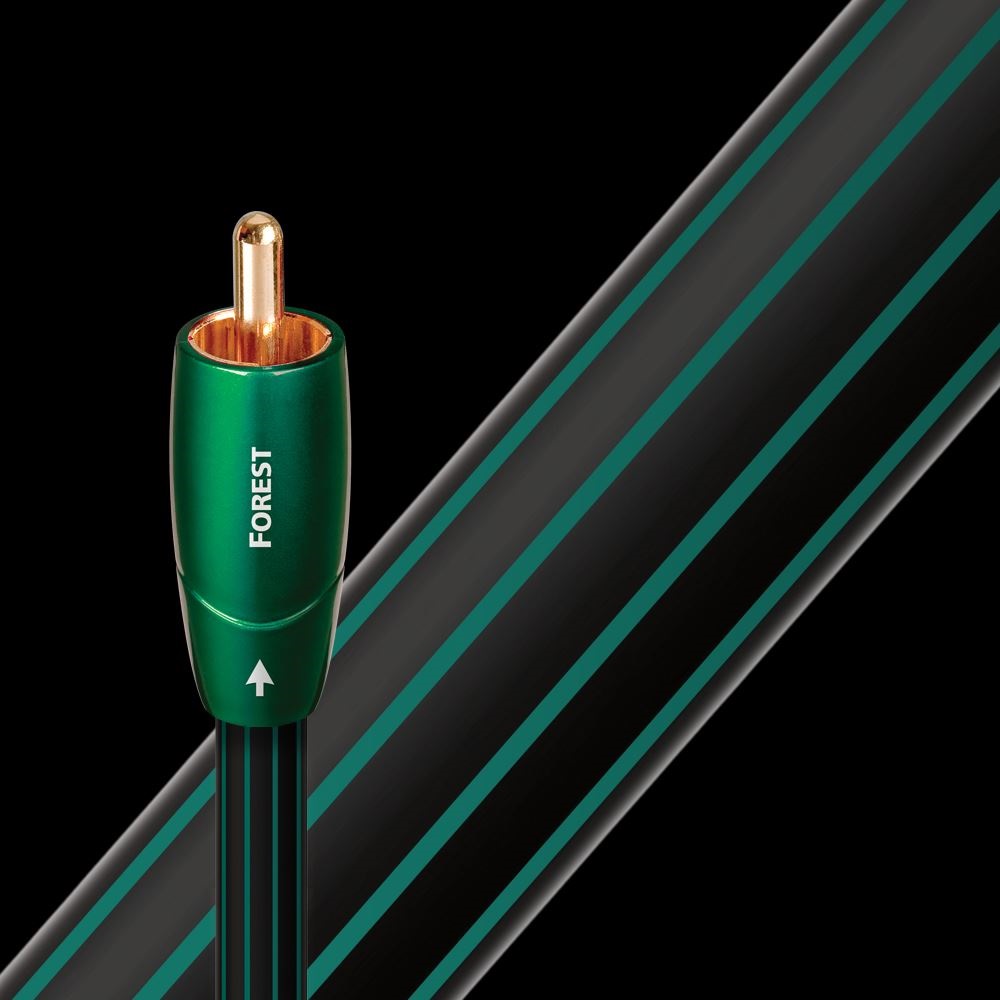
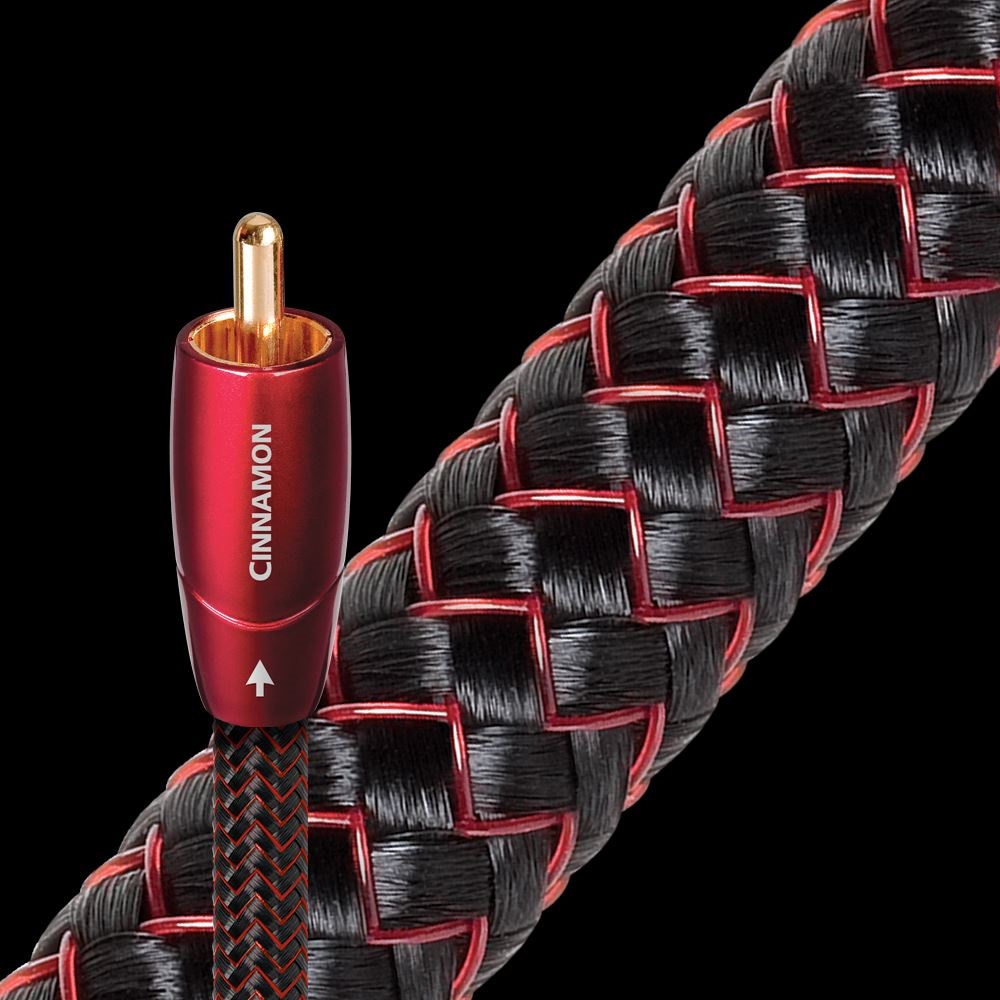
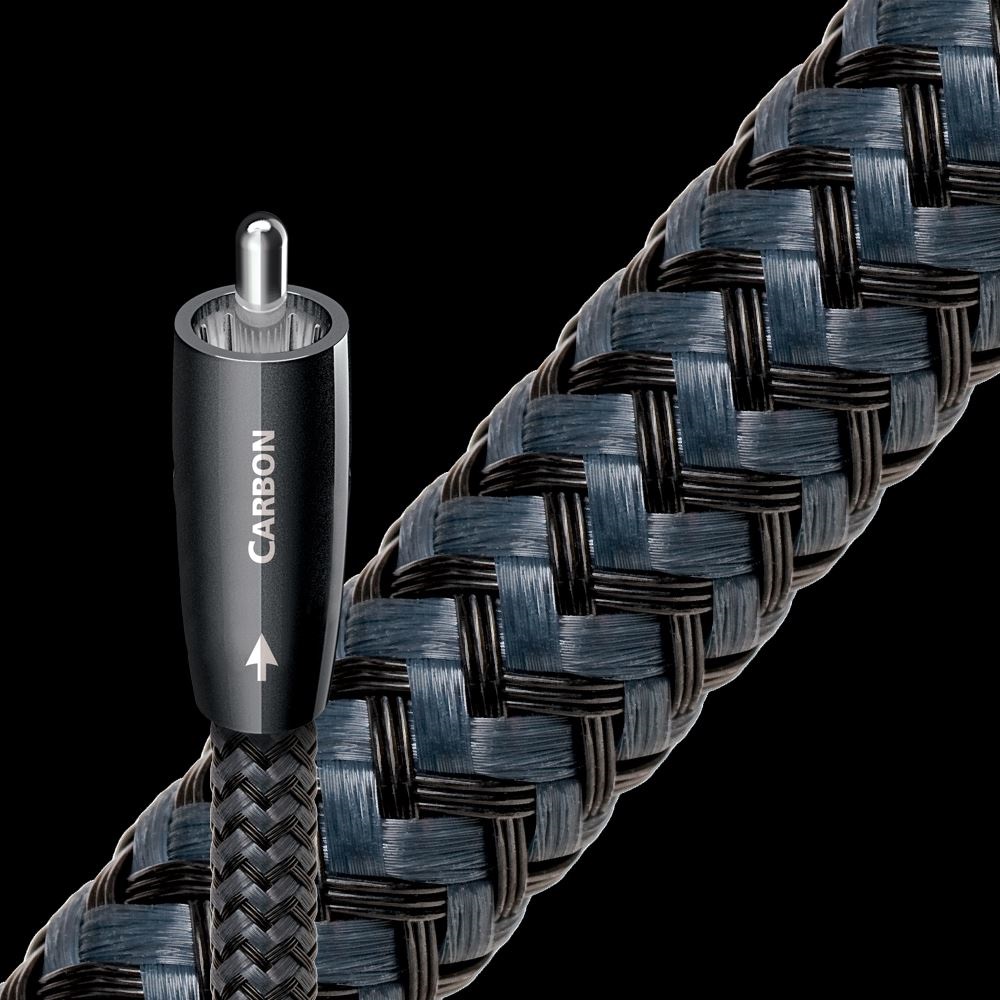
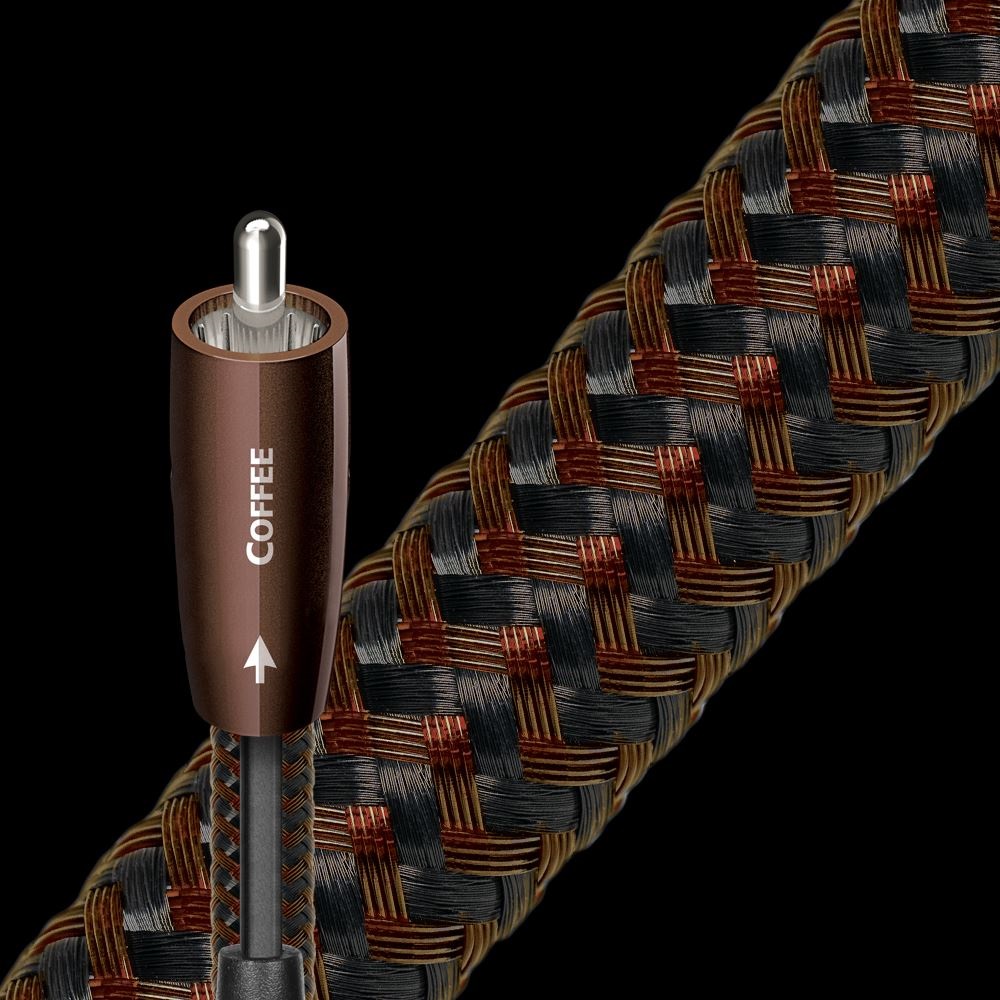
Perfect-Surface Technology applied to extreme-purity silver provides unprecedented clarity and dynamic contrast. Perfect-Surface Silver (PSS) is AudioQuest's highest-quality metal. Solid conductors prevent strand interaction, a major source of cable distortion. Extremely high-purity Perfect-Surface Silver minimizes distortion caused by the grain boundaries that exist within any metal conductor, nearly eliminating harshness and greatly increasing clarity compared to OFHC, OCC, 8N and other coppers.
Perfect-Surface Technology applied to extreme-purity silver provides unprecedented clarity and dynamic contrast. Perfect-Surface Silver (PSS) is AudioQuest's highest-quality metal. Solid conductors prevent strand interaction, a major source of cable distortion. Extremely high-purity Perfect-Surface Silver minimizes distortion caused by the grain boundaries that exist within any metal conductor, nearly eliminating harshness and greatly increasing clarity compared to OFHC, OCC, 8N and other coppers.
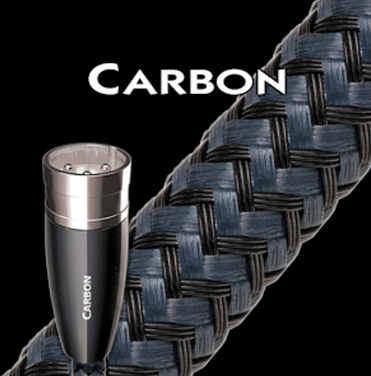
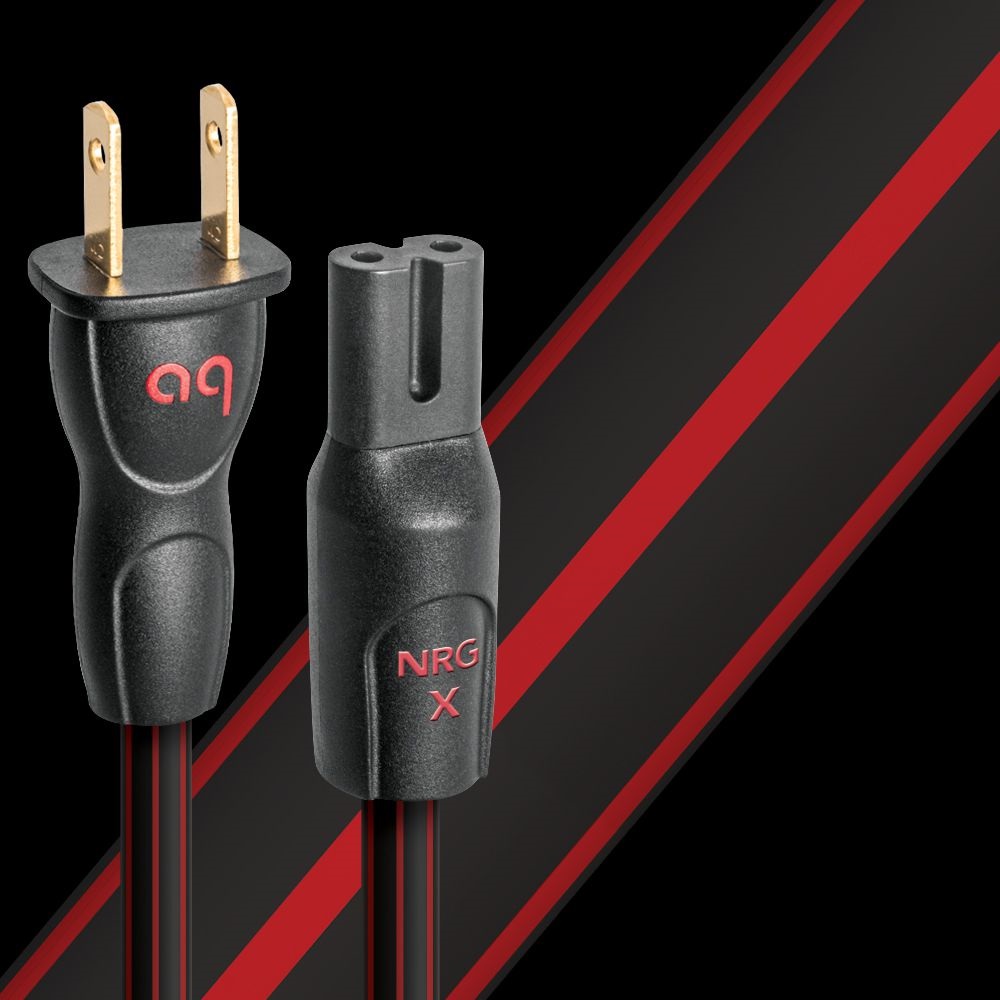
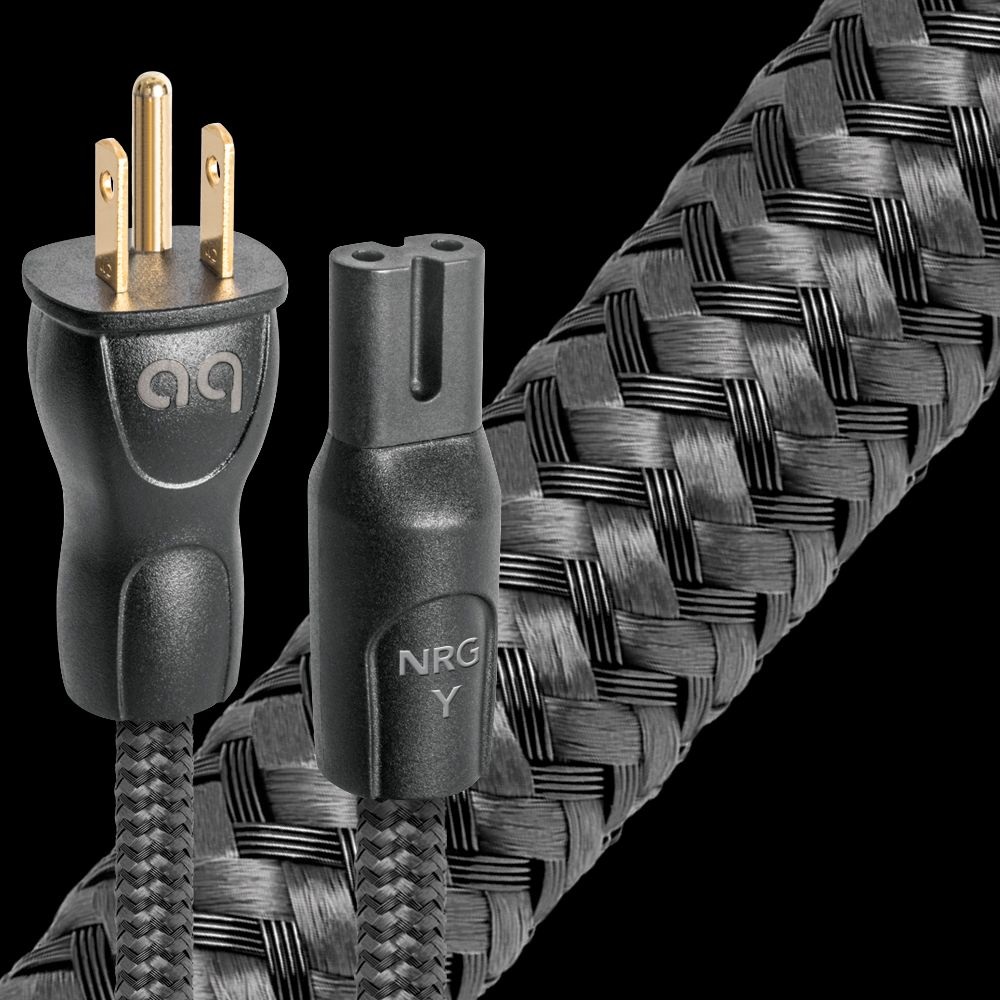
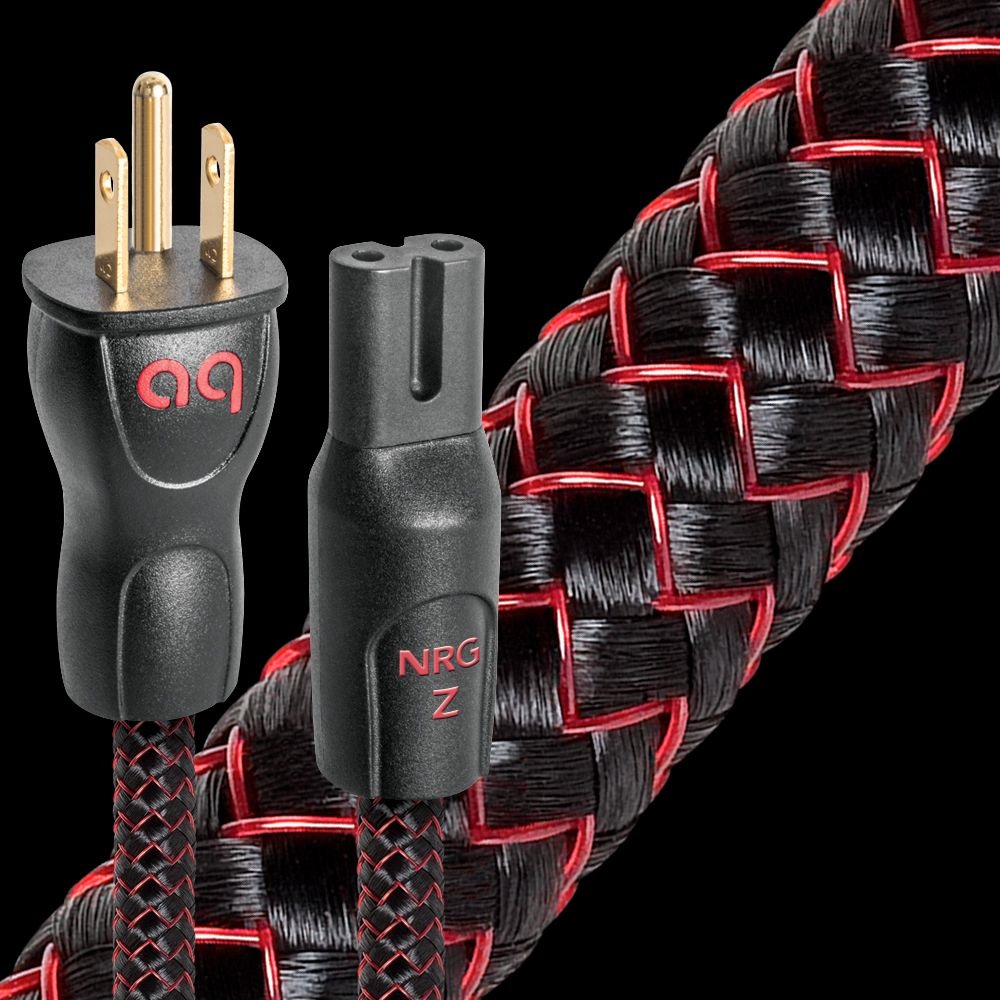
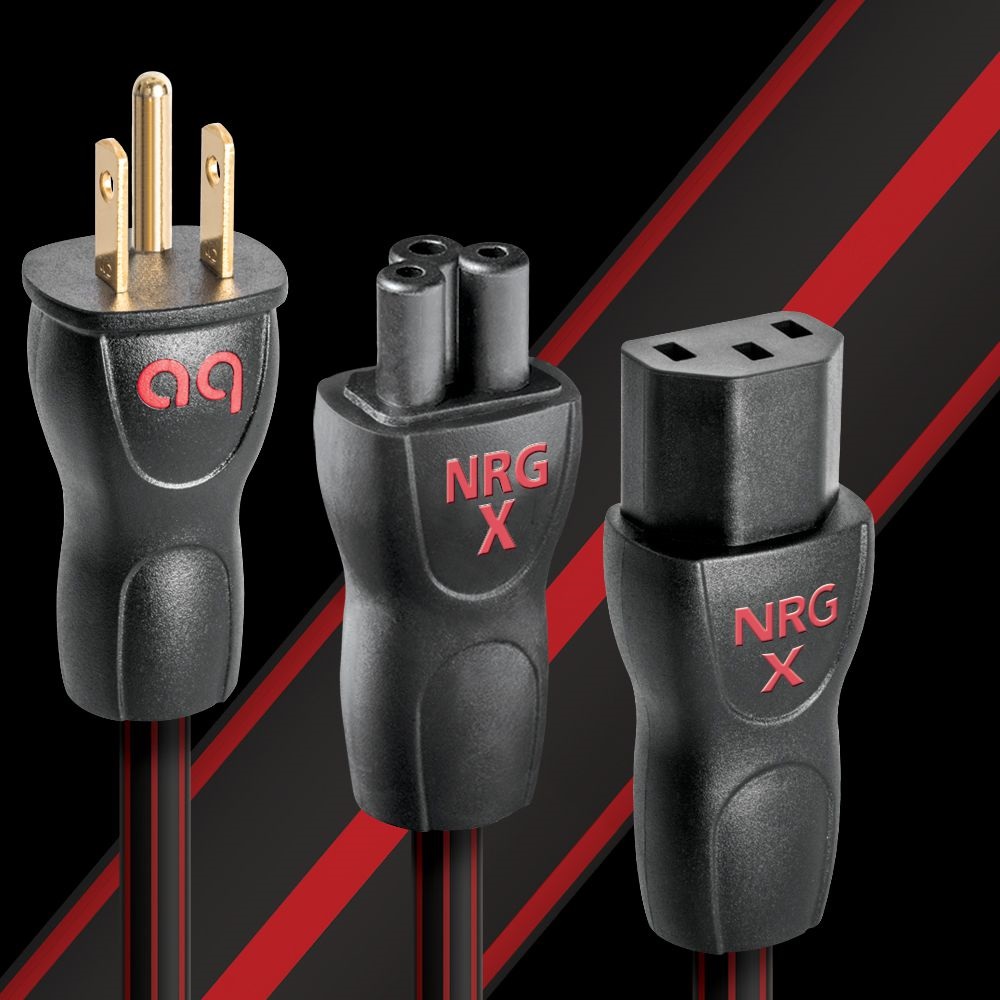
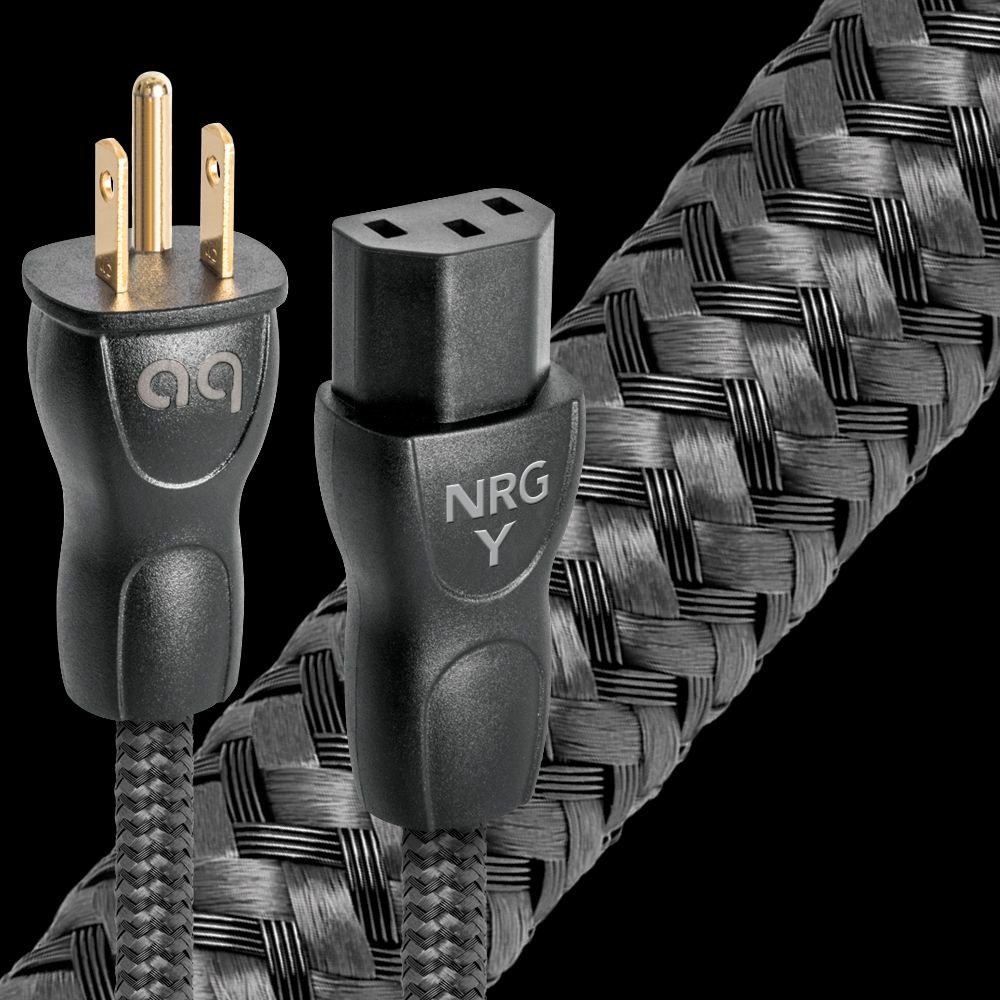
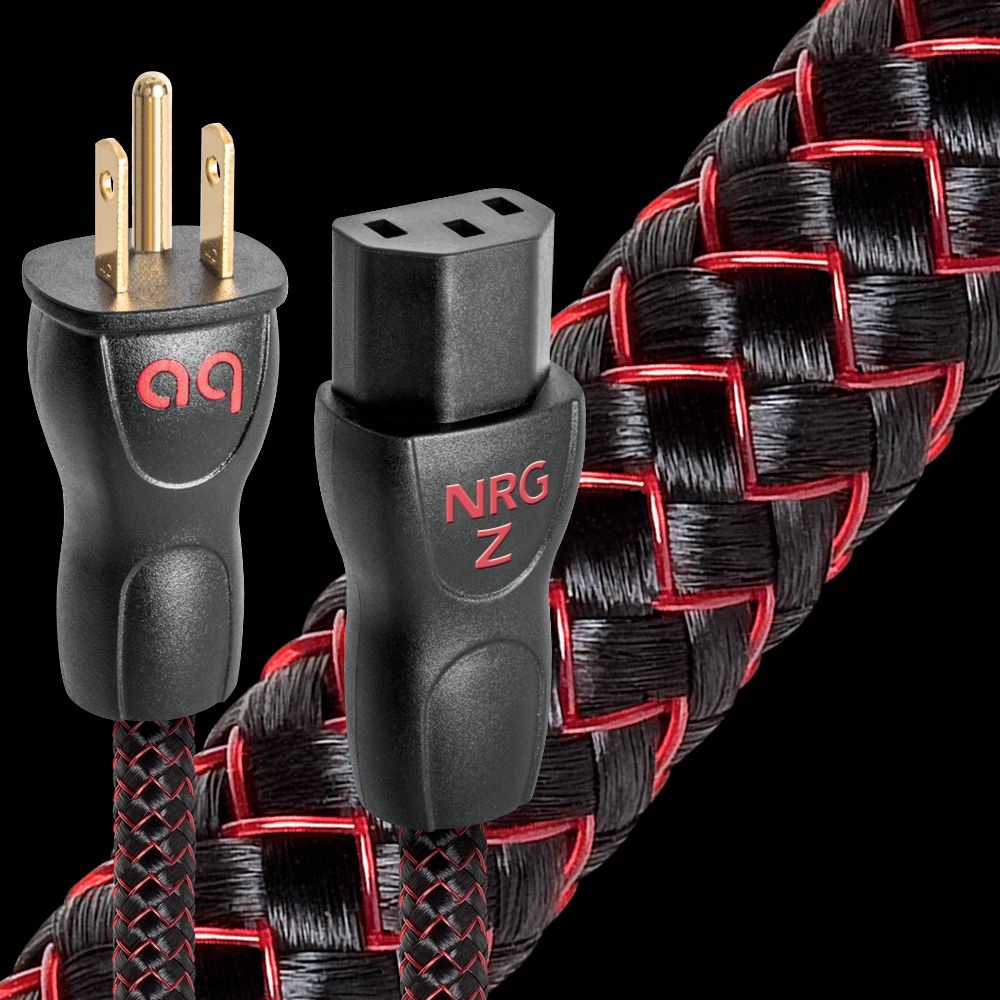
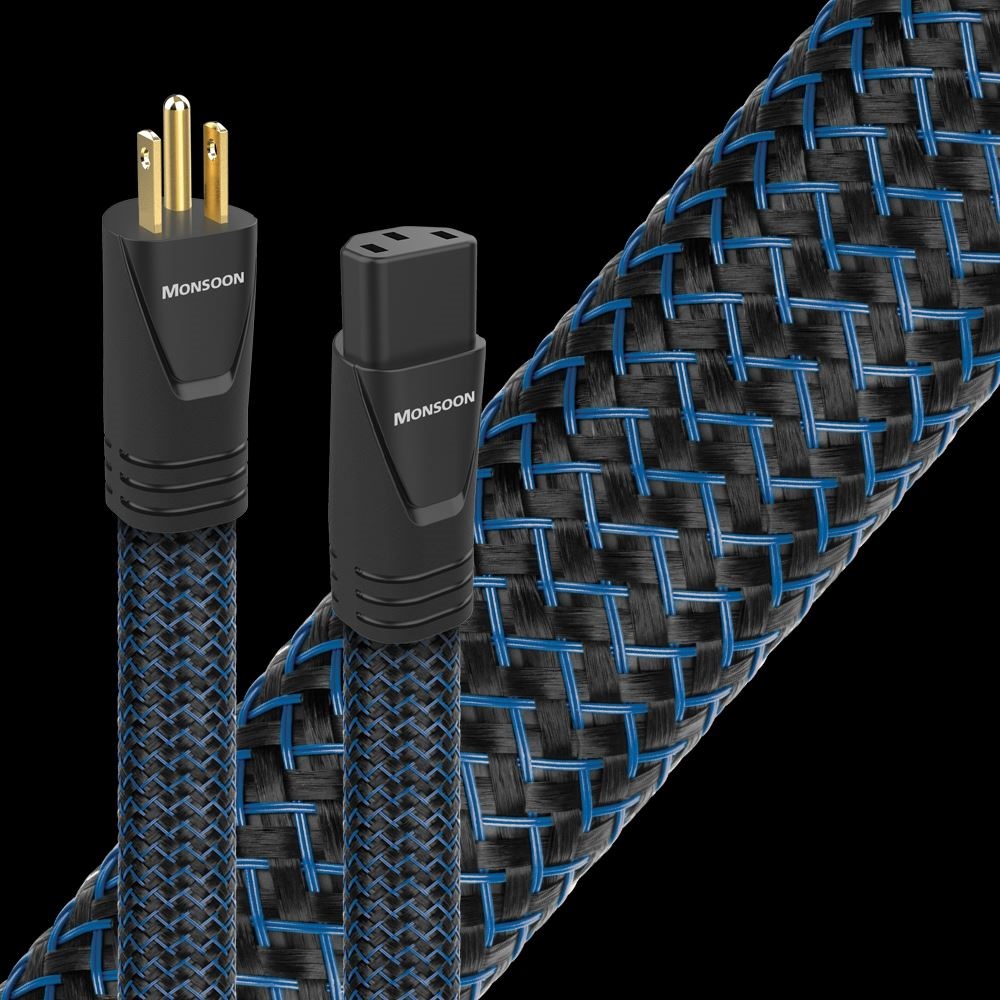
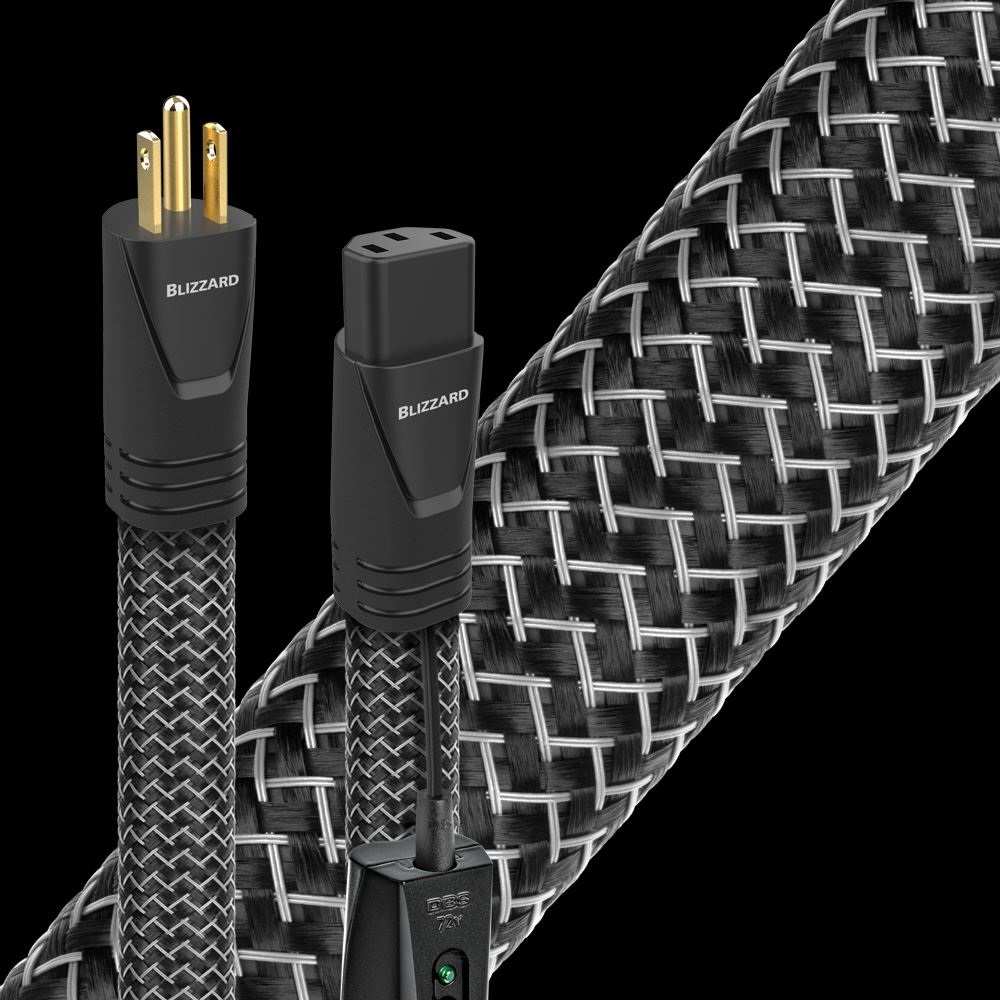
The integrity of any audio transient (instantaneous peak-to-peak voltage swing and current) delivered from a power amplifier to a loudspeaker has always been compromised. Whether the amplifier is valve or transistor, regardless of class of operation, the amplifier’s source impedance and loudspeaker’s load impedance are never critically matched.
Alternating Current (AC), is a far-from-perfect power source. AC power technology is well over a century old and was never designed to meet the exacting standards of today’s high resolution audio-video components.
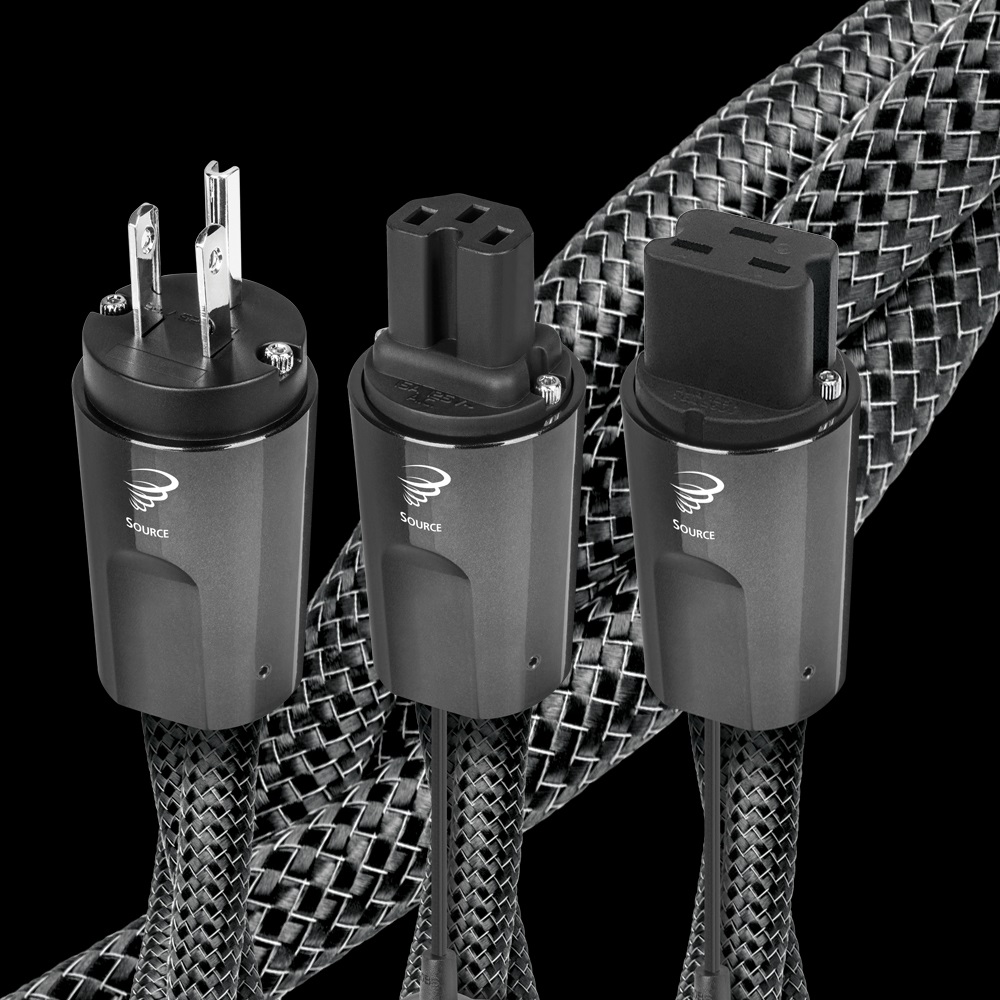
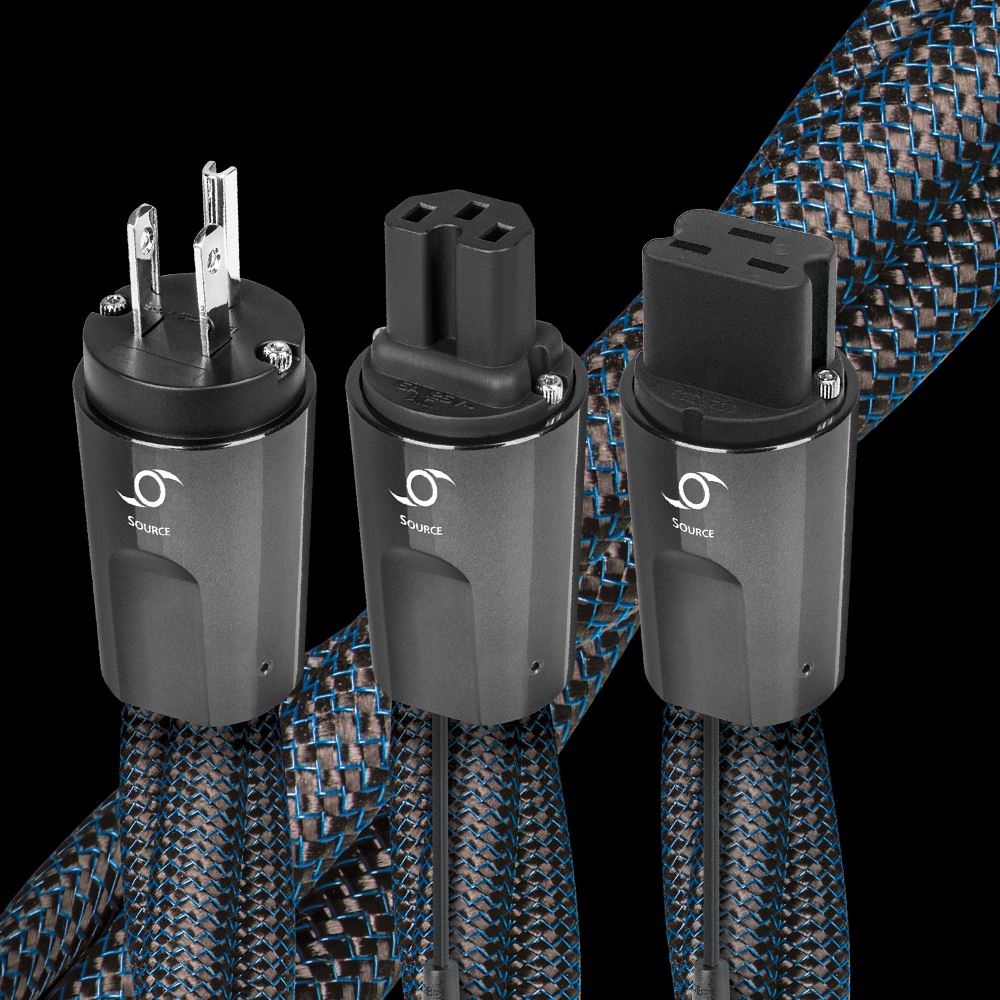
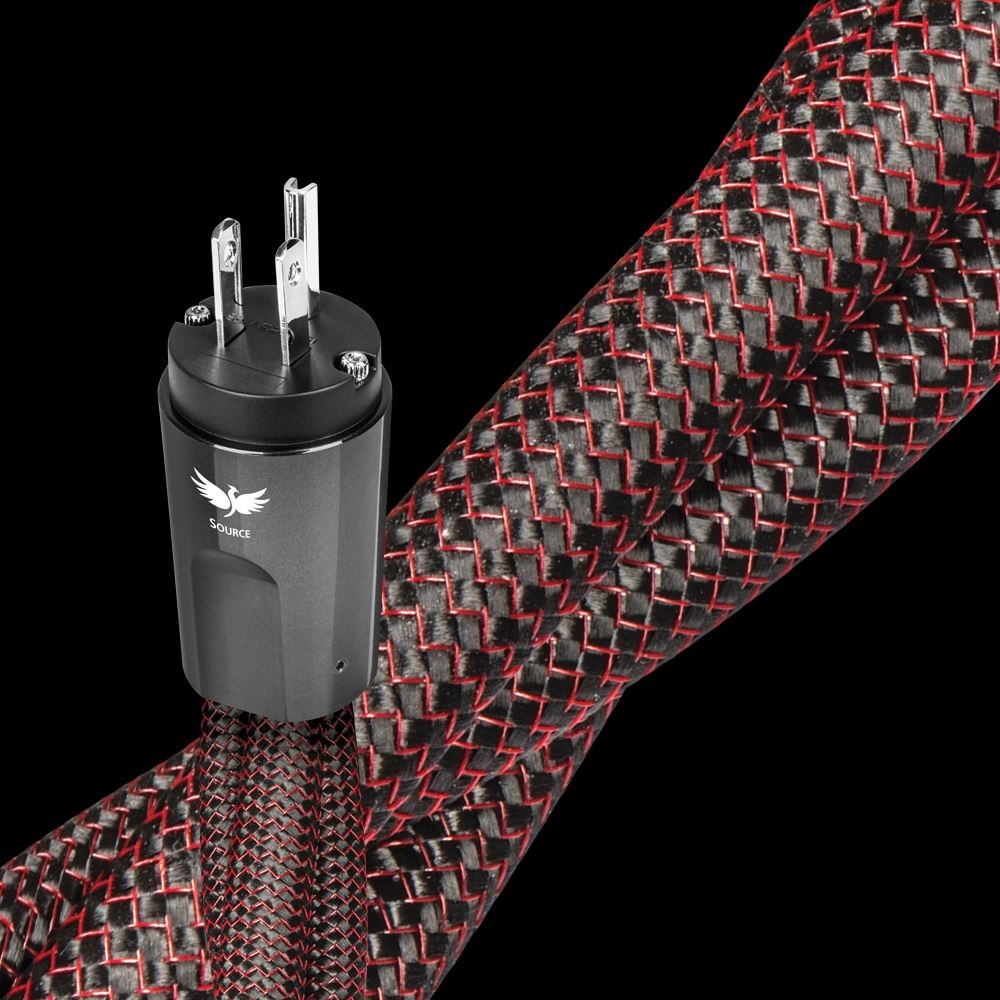
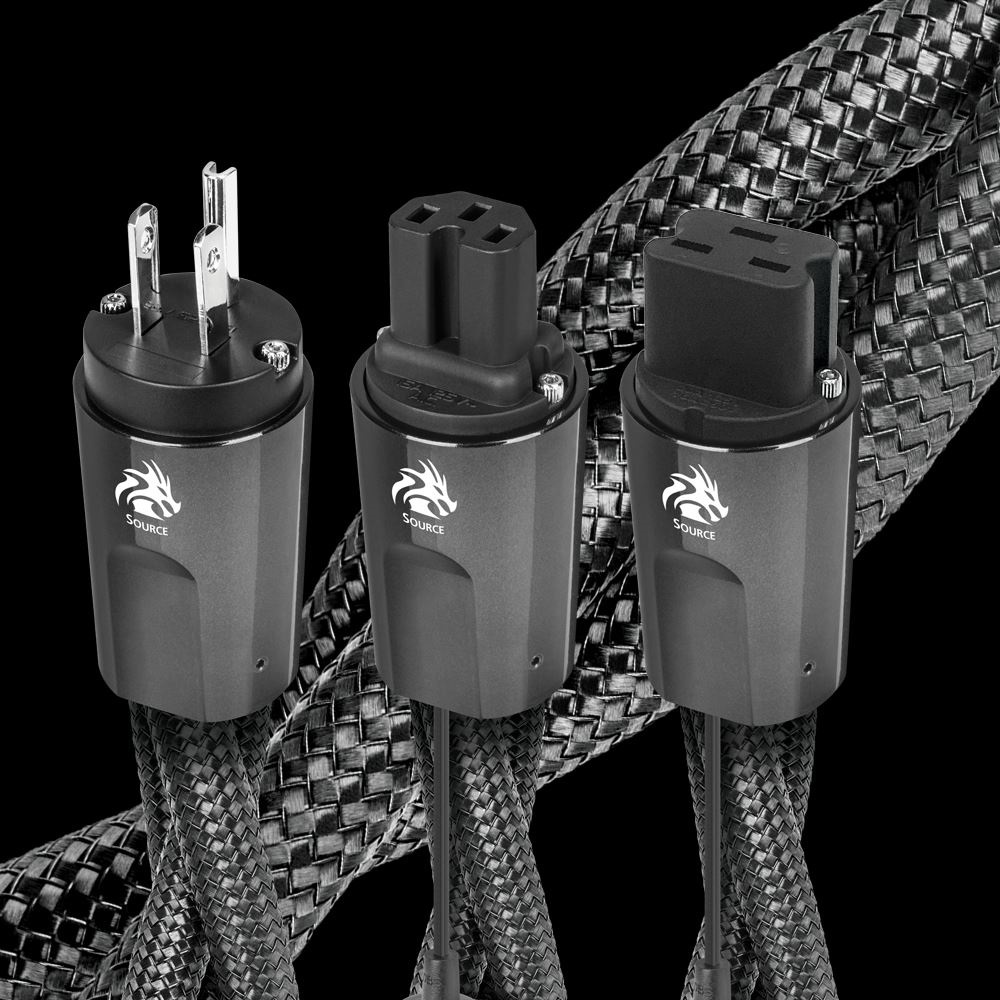
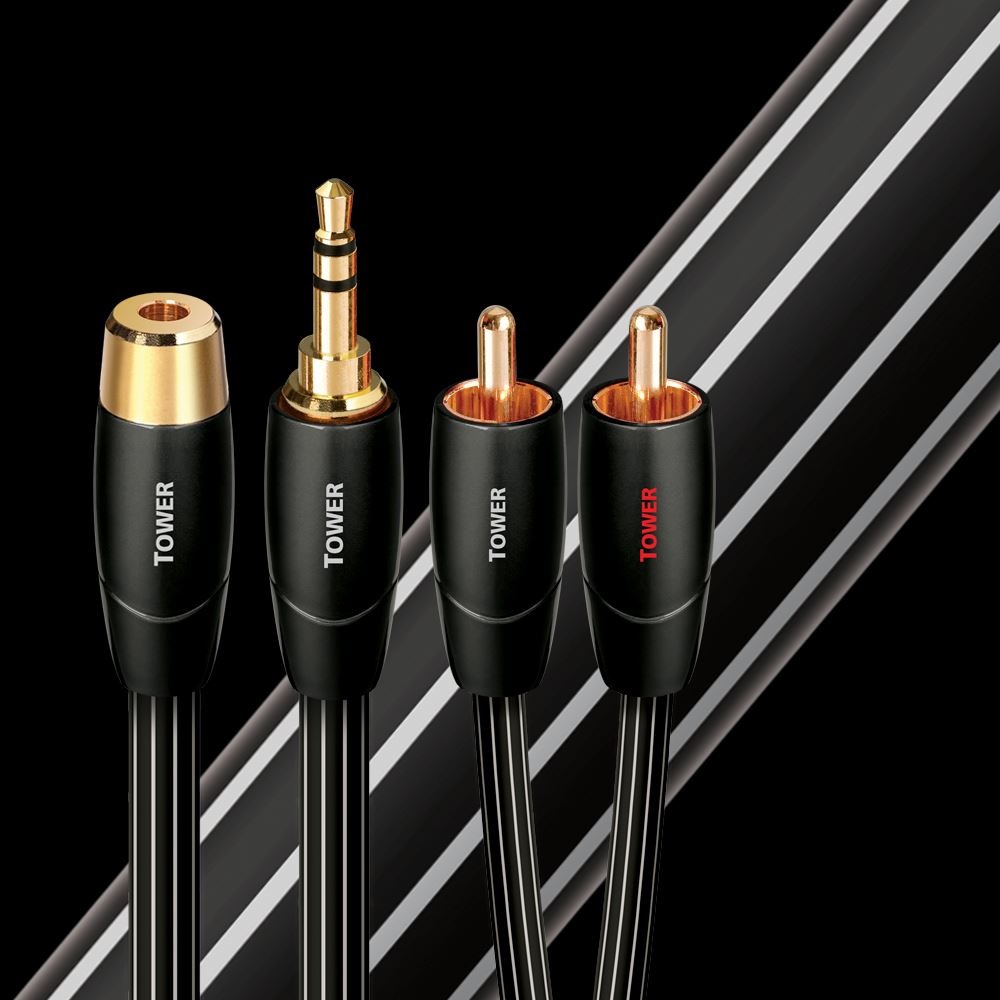
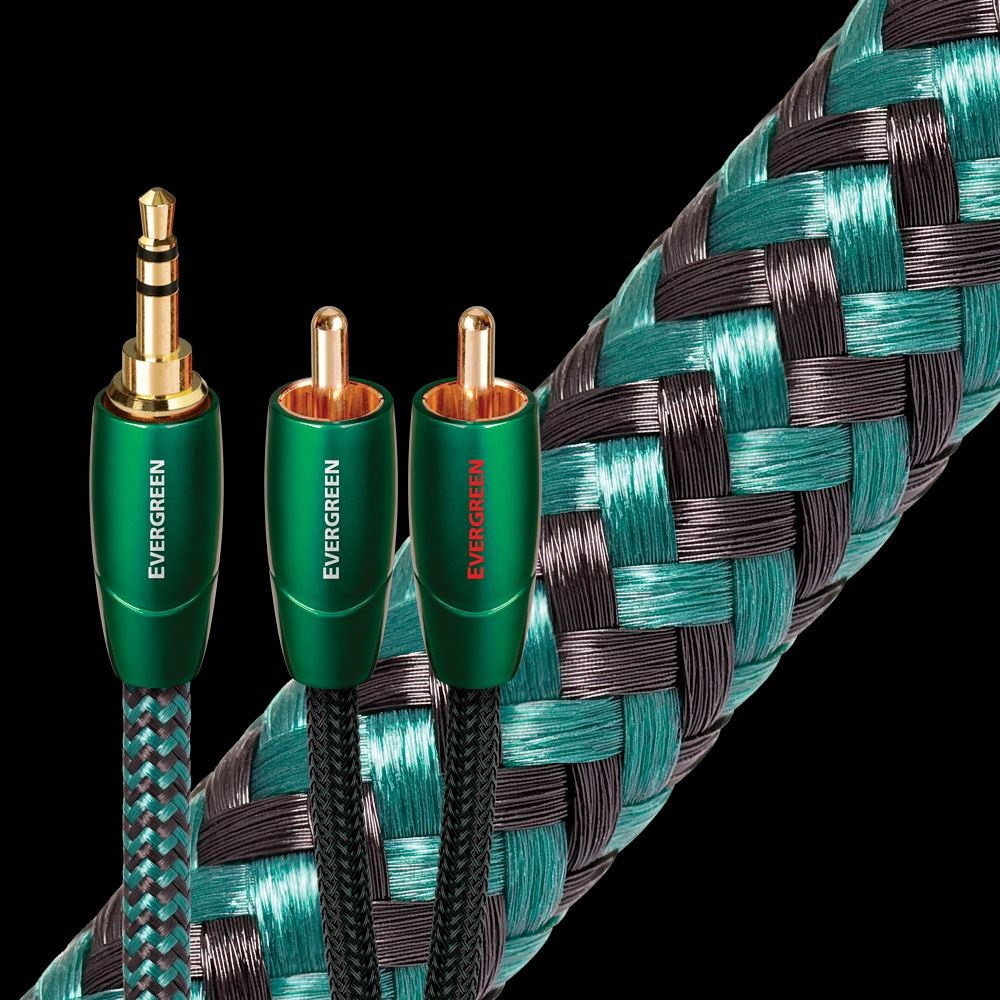
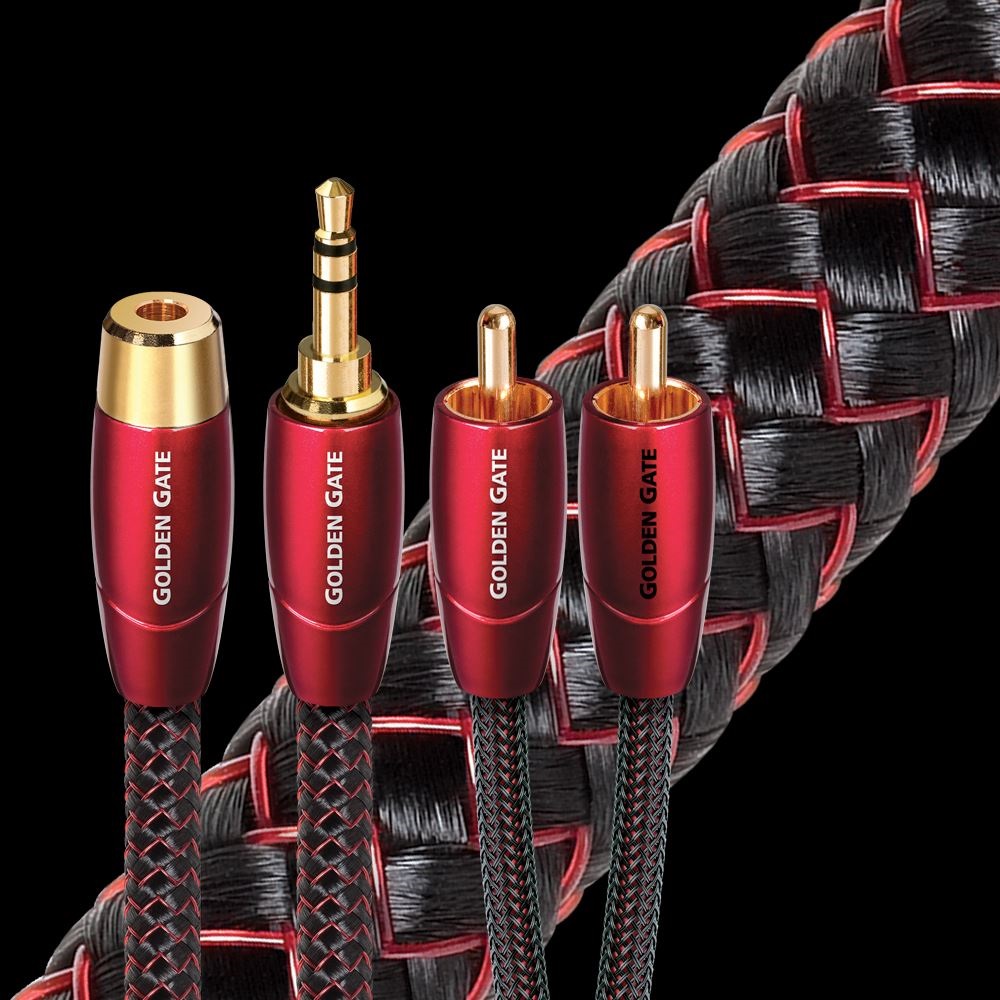
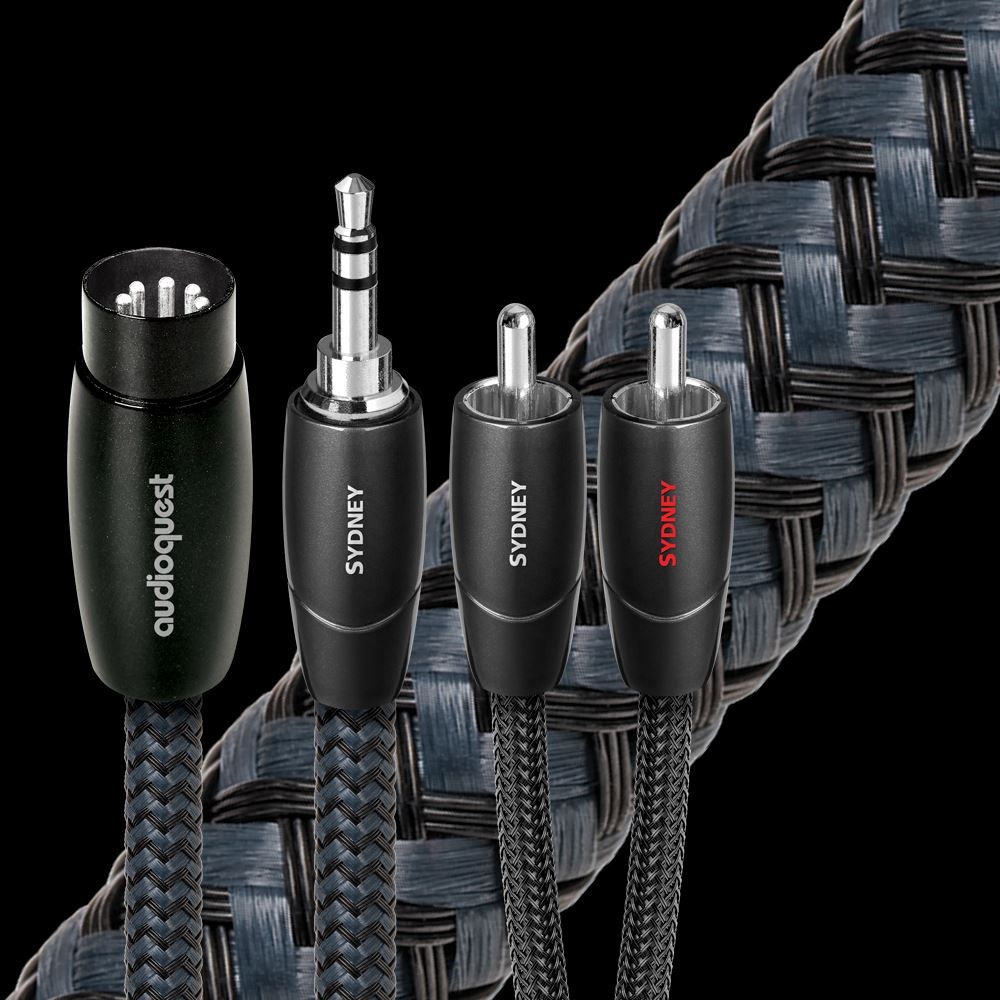
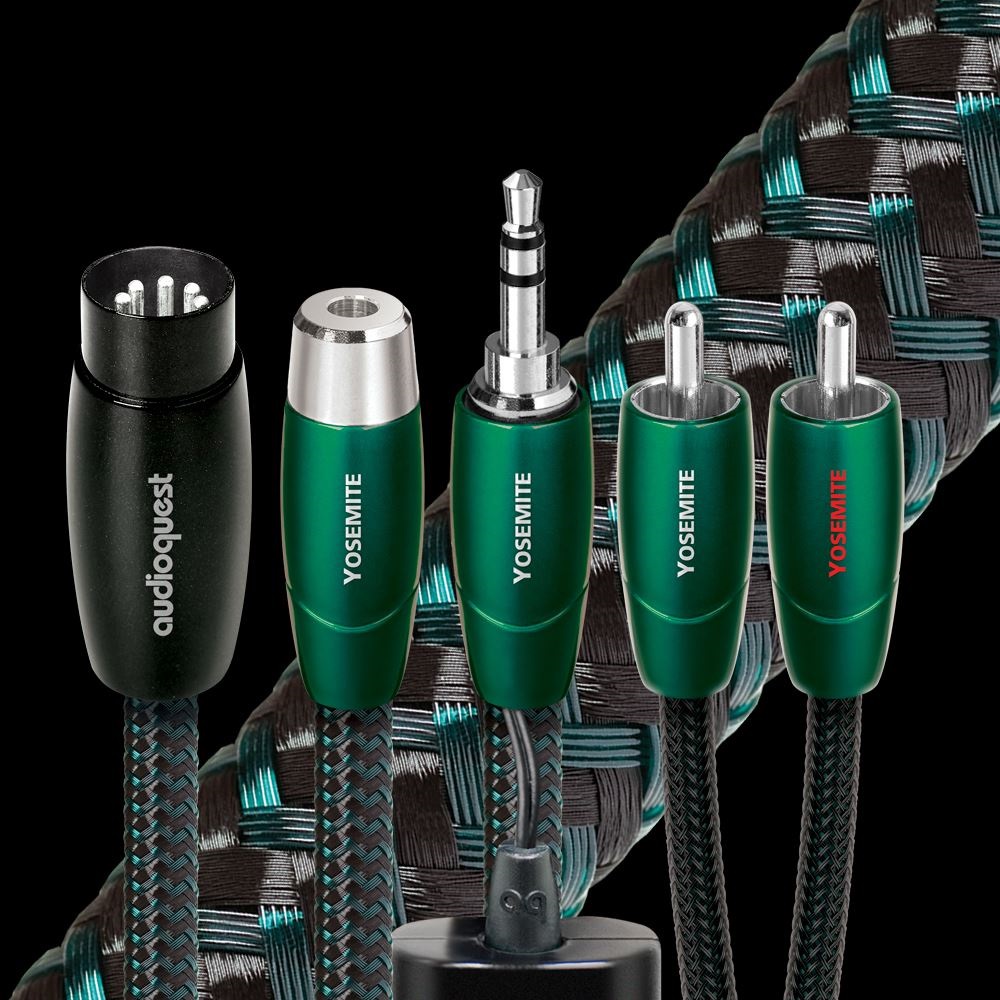
Purpose designed for single-ended applications, Asymmetrical Double-Balanced Geometry offers a relatively lower impedance on the ground for a richer, and more dynamic experience.
It's easy to accomplish 100% shield coverage. Preventing captured radio-frequency interference (RFI) from modulating the equipment's ground reference requires AQ's Noise-Dissipation.
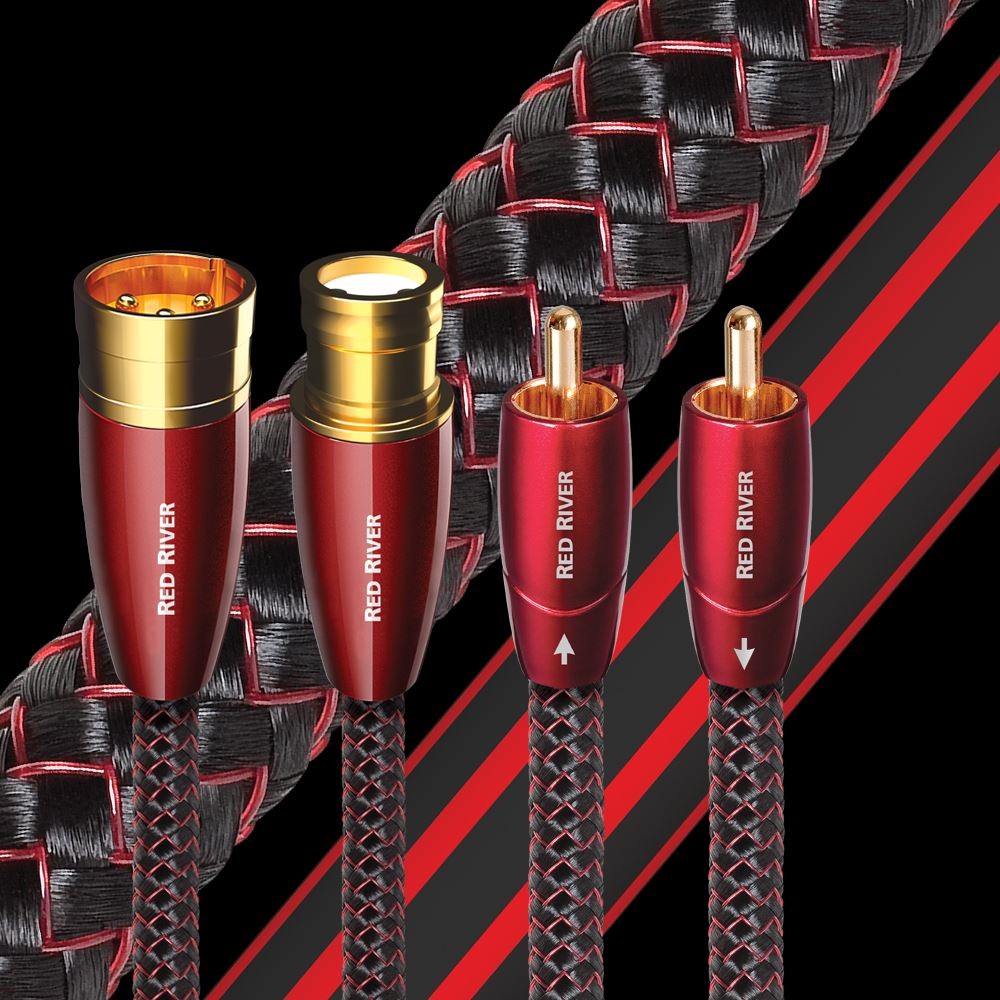
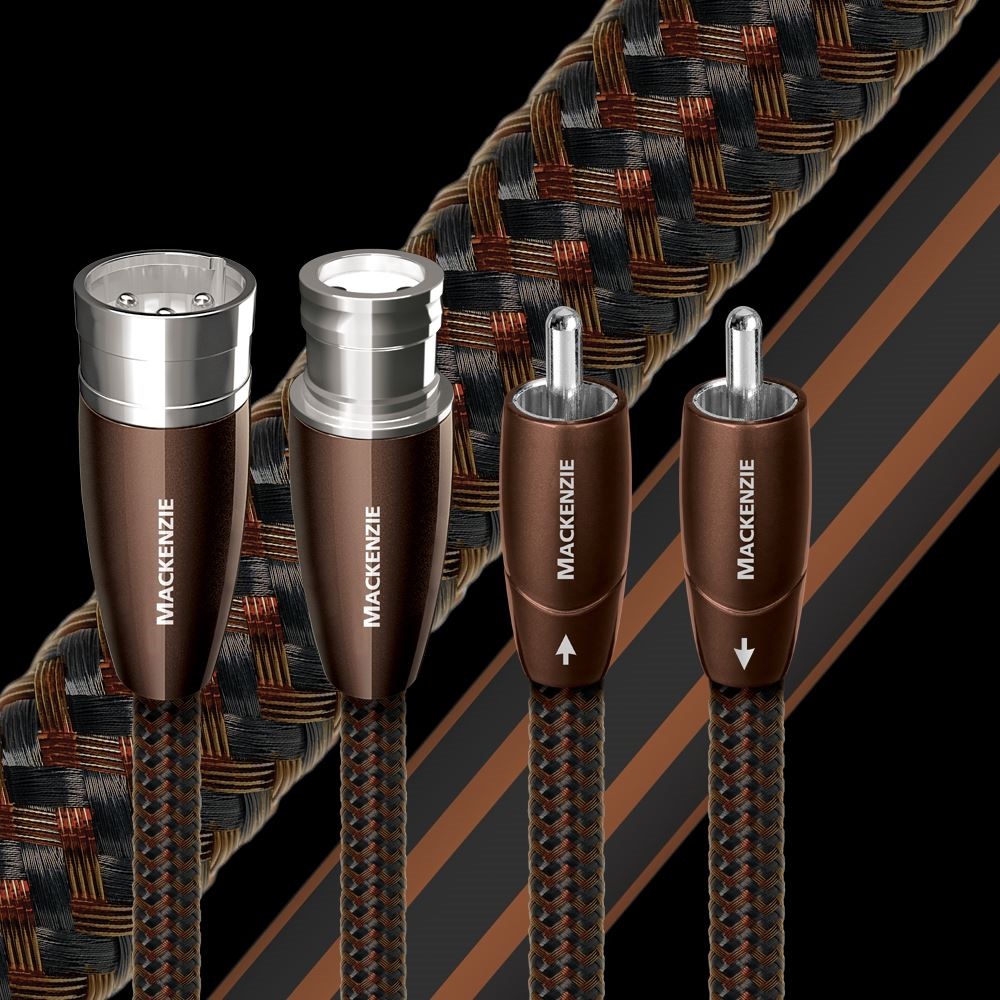
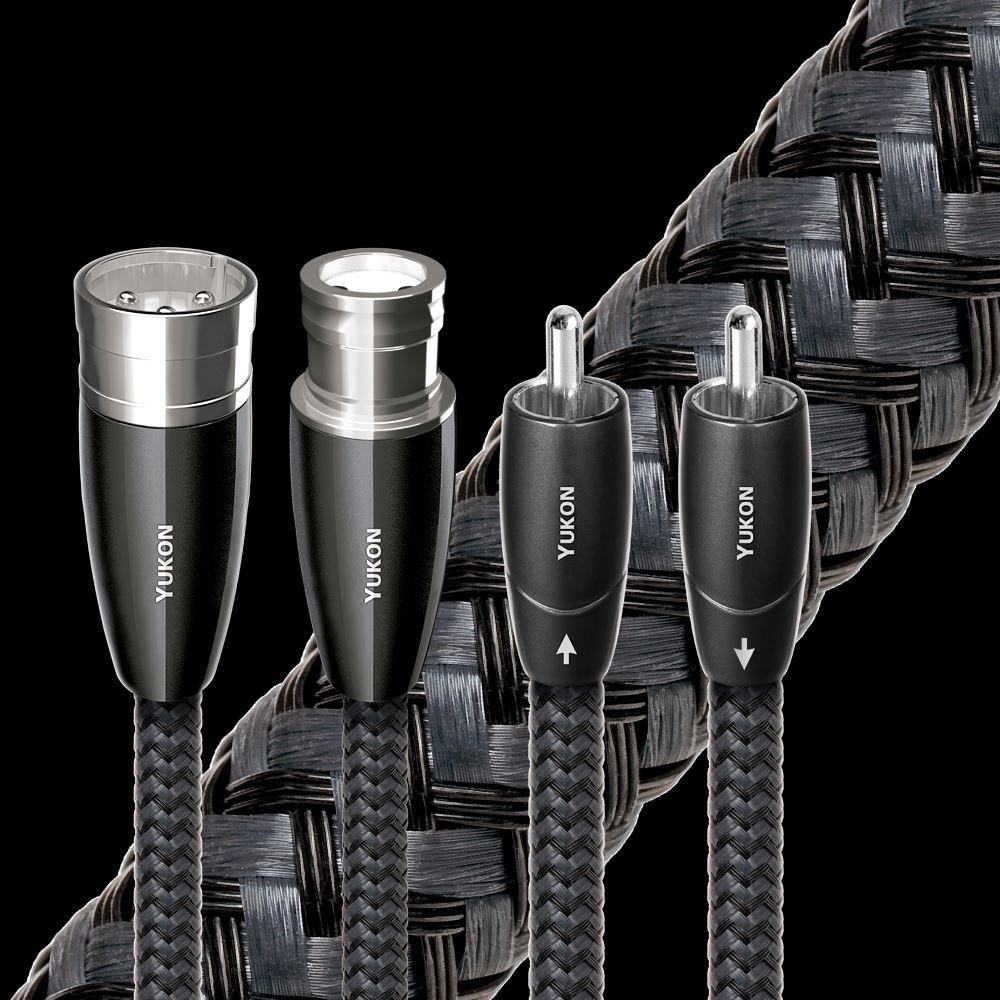
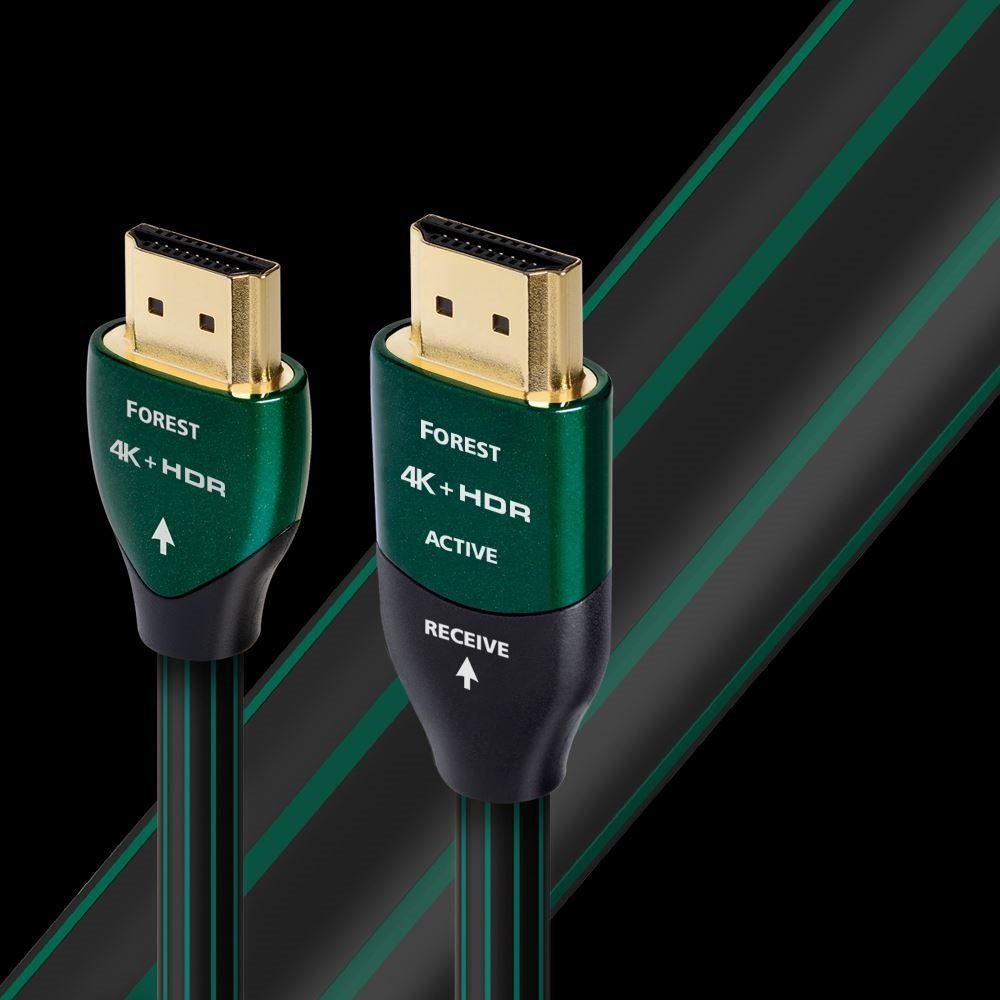
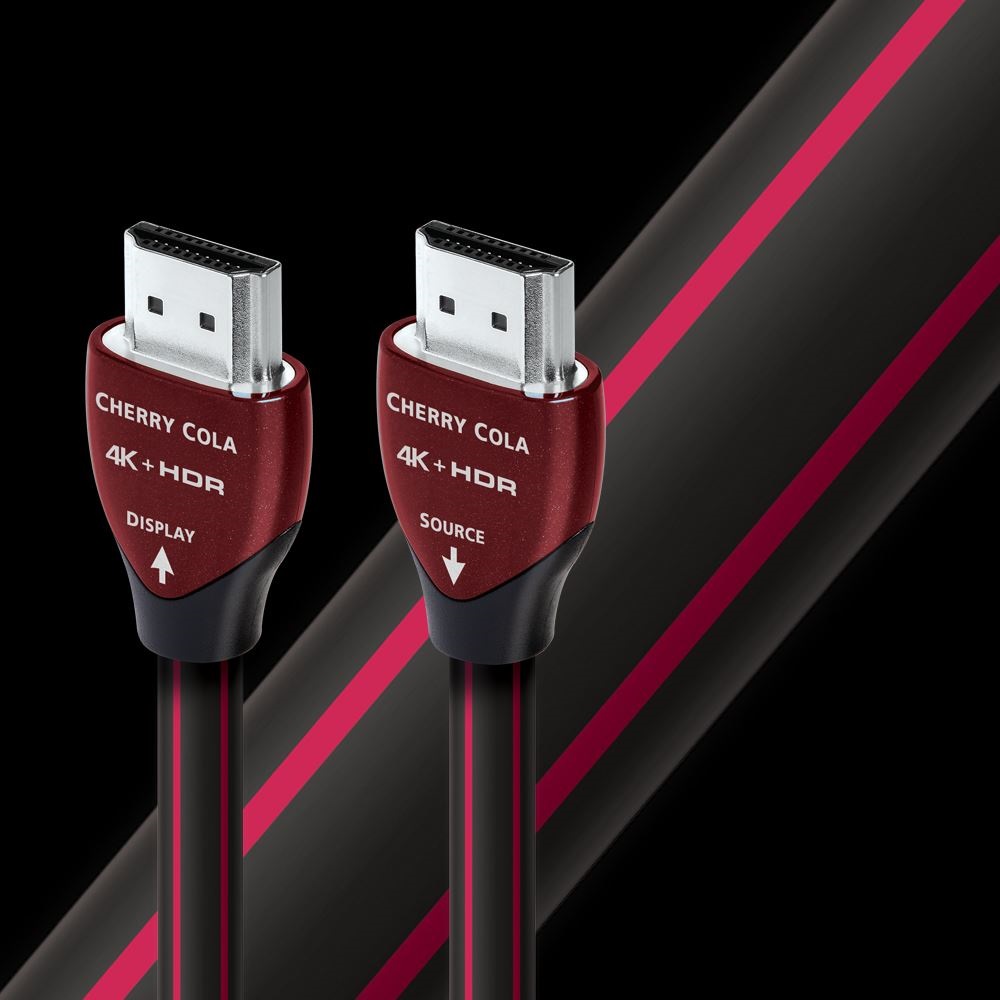
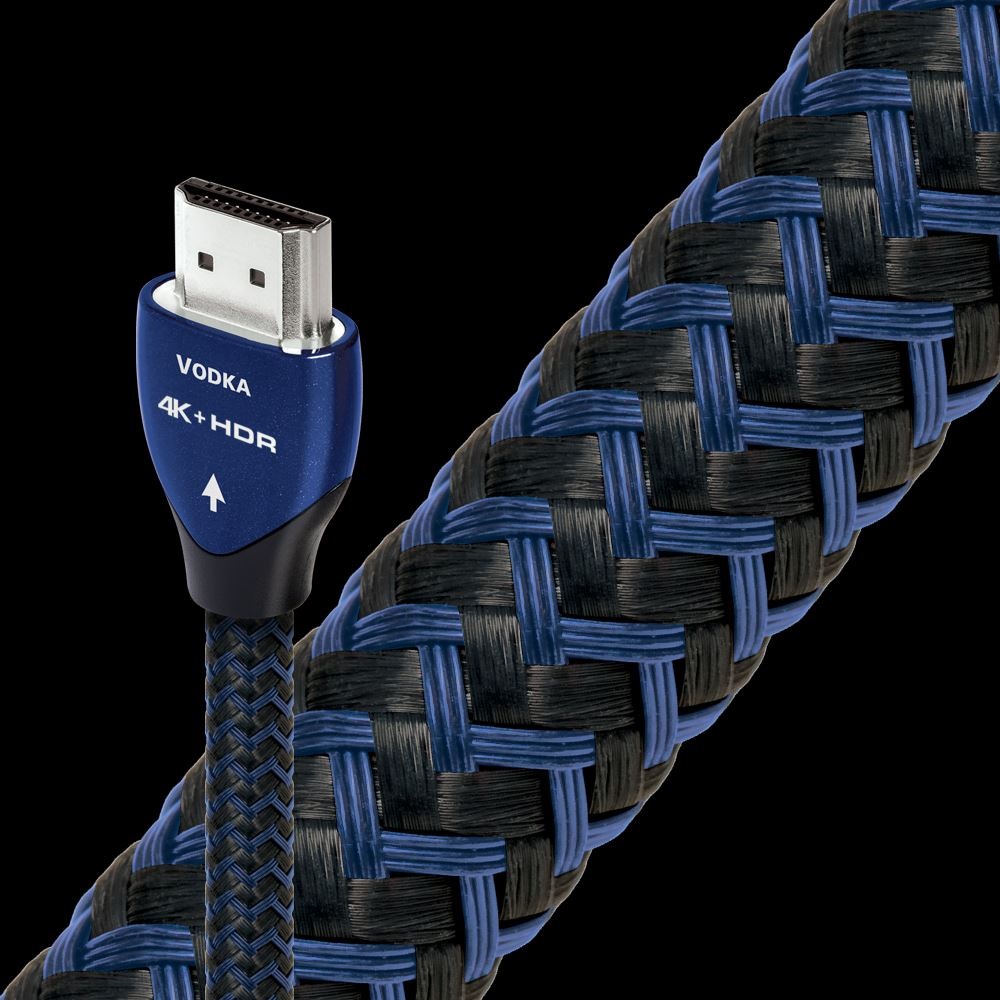
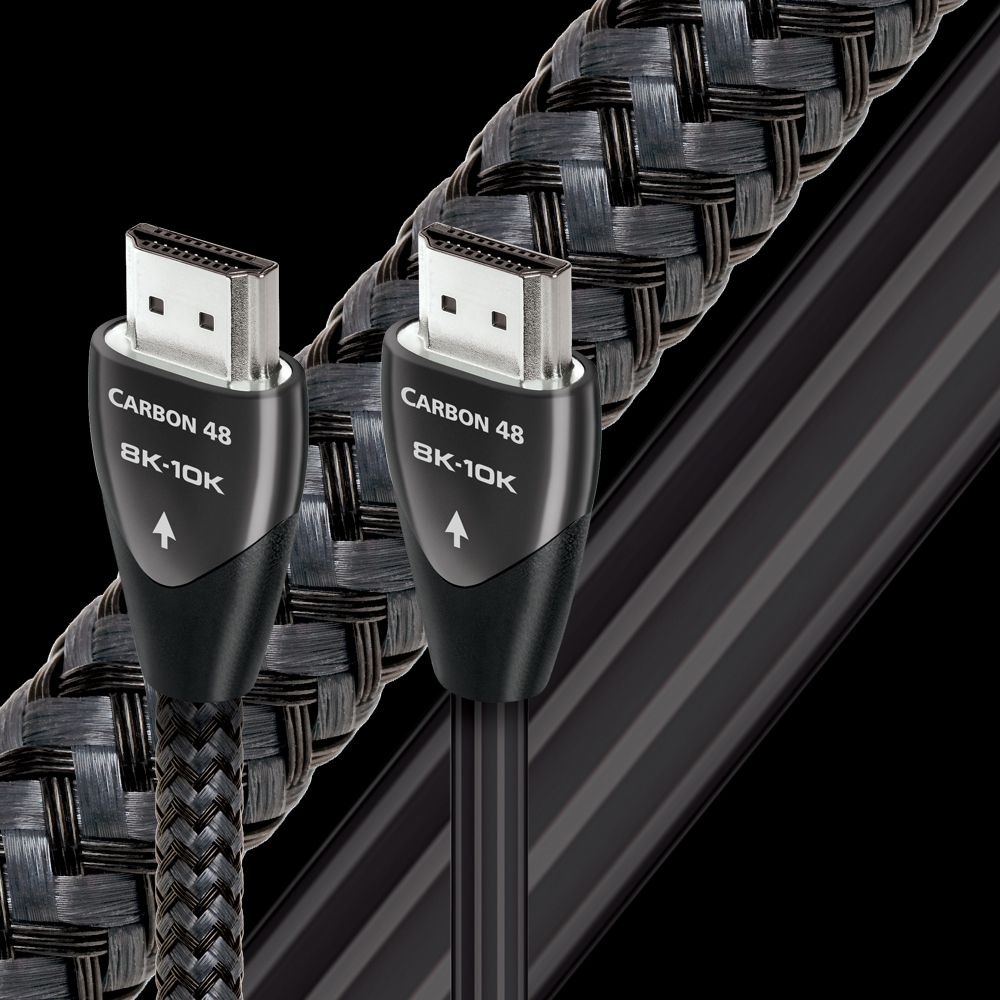
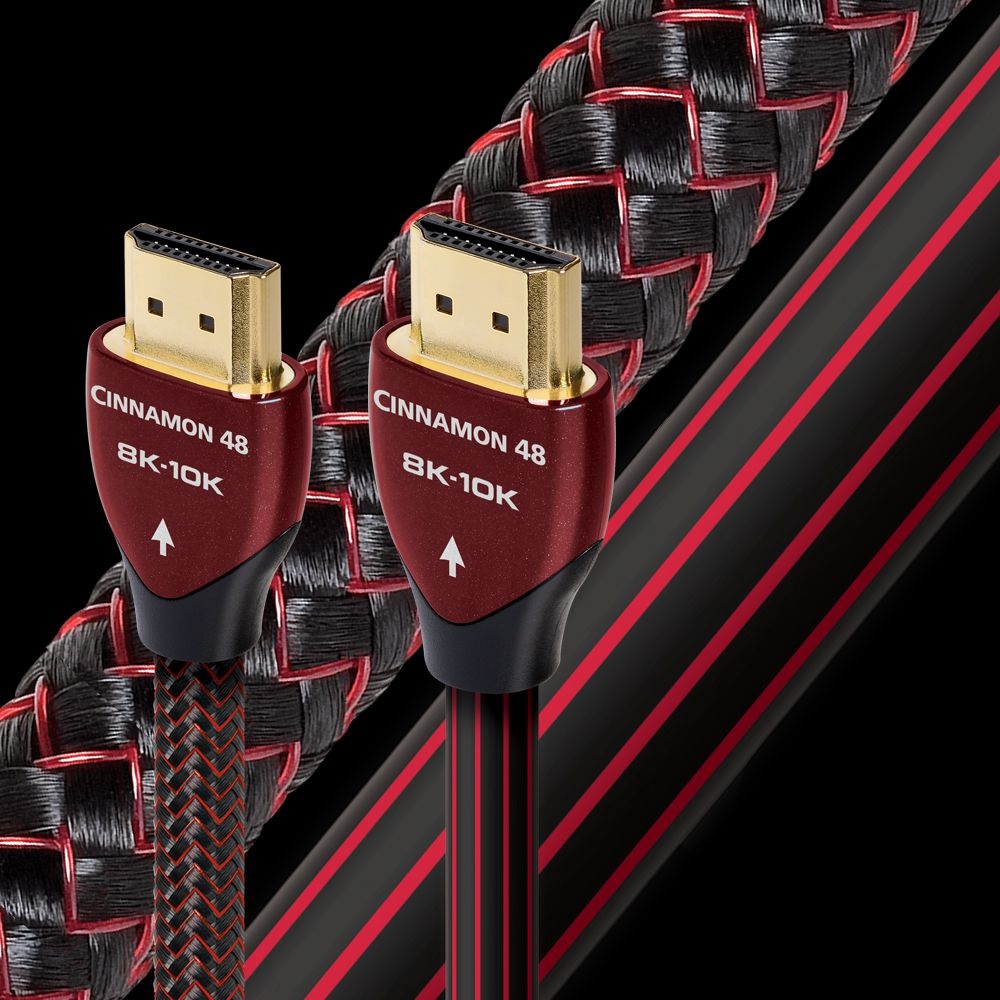
Preventing captured radio-frequency interference (RFI) from modulating the equipment's ground reference requires AQ's Noise-Dissipation.
Solid .5% Silver-Plated Copper Conductors: A superbly cost-effective way to maximize a video or digital cable, harsh and horrible for full-range audio, but like turning up the “sharpness” for a subwoofer, enhancing articulation and intelligibility.
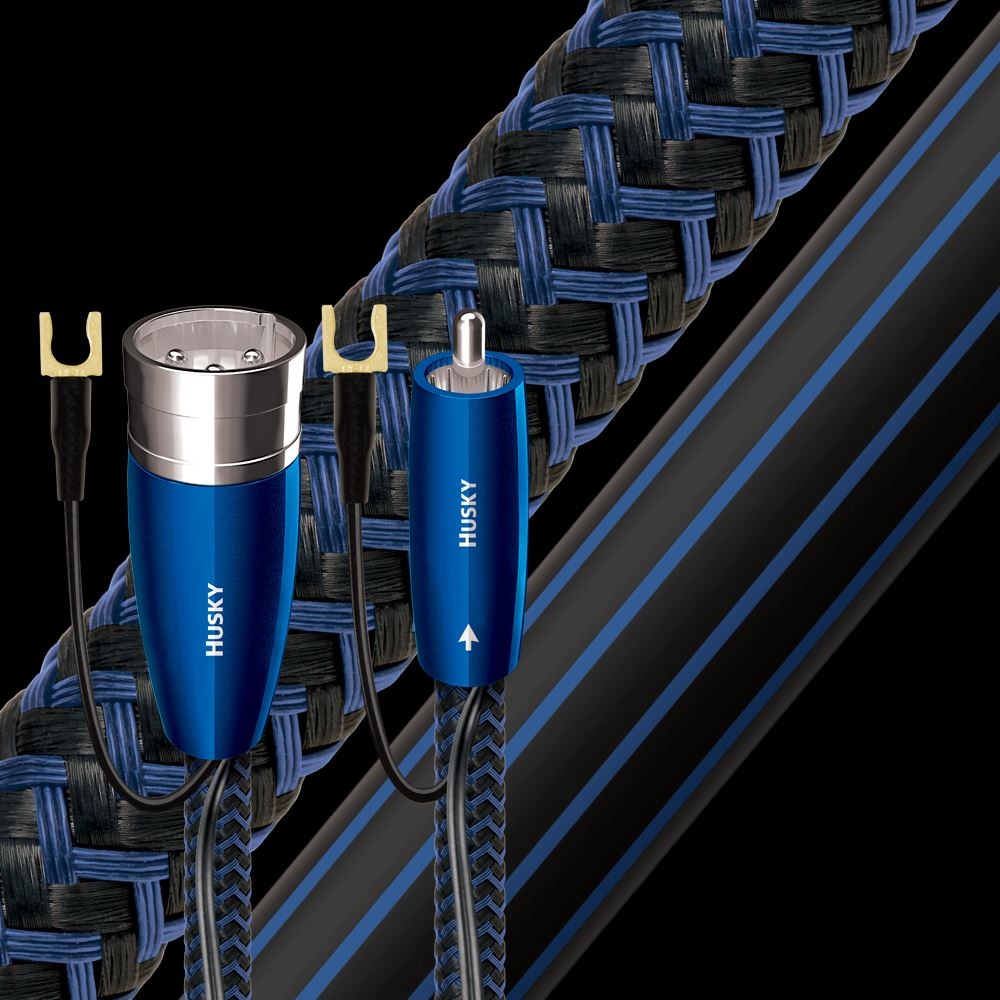

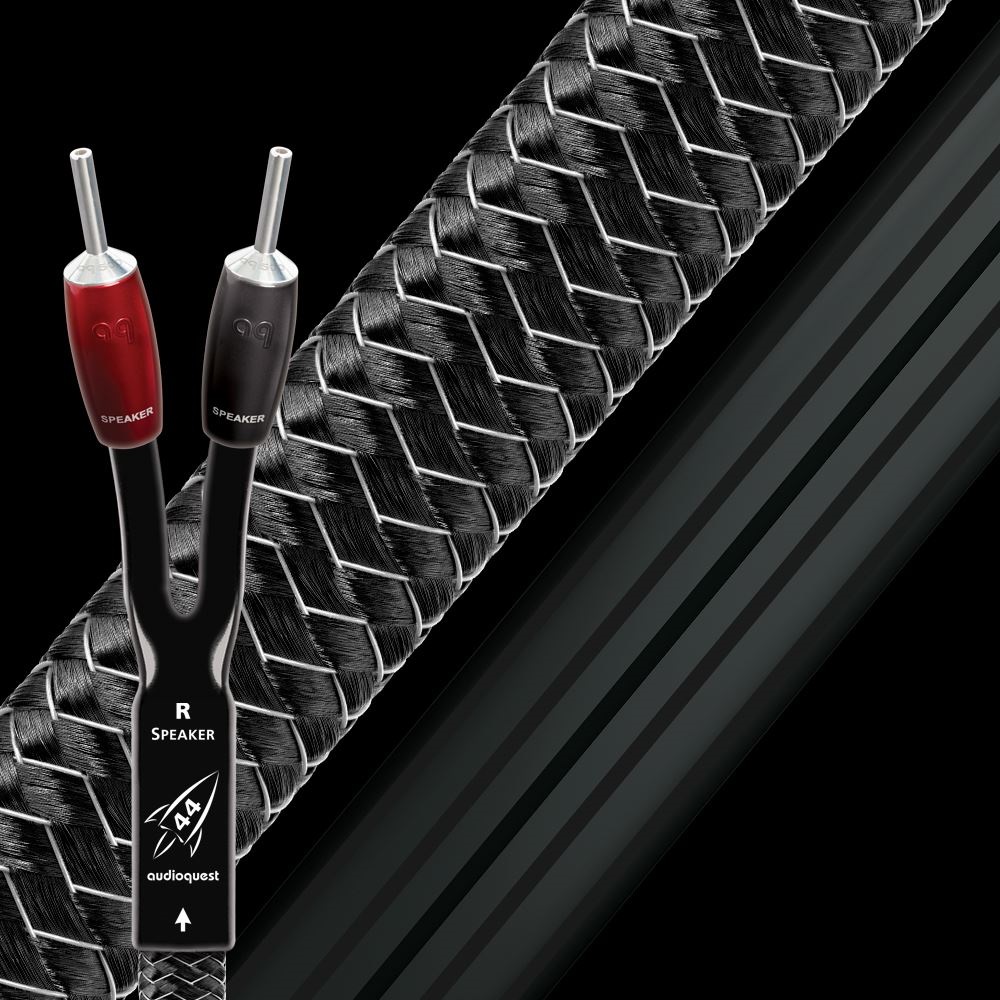
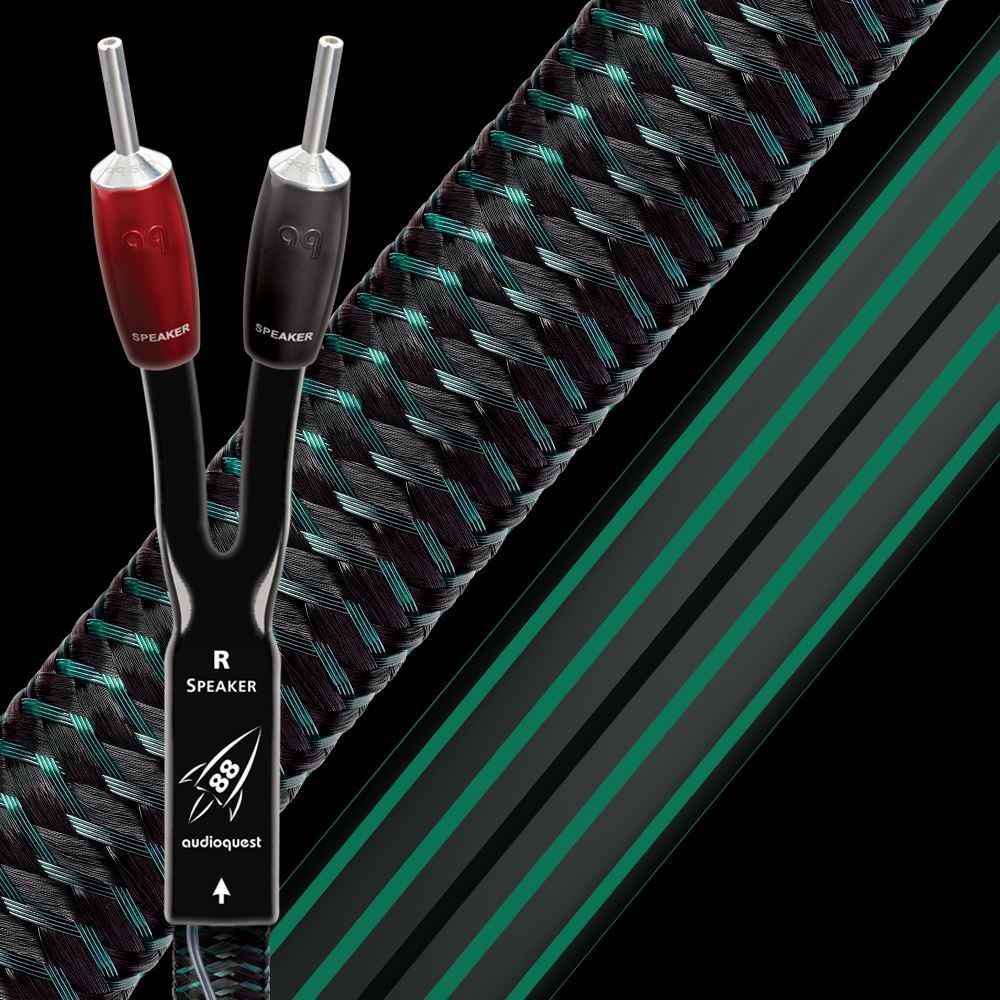
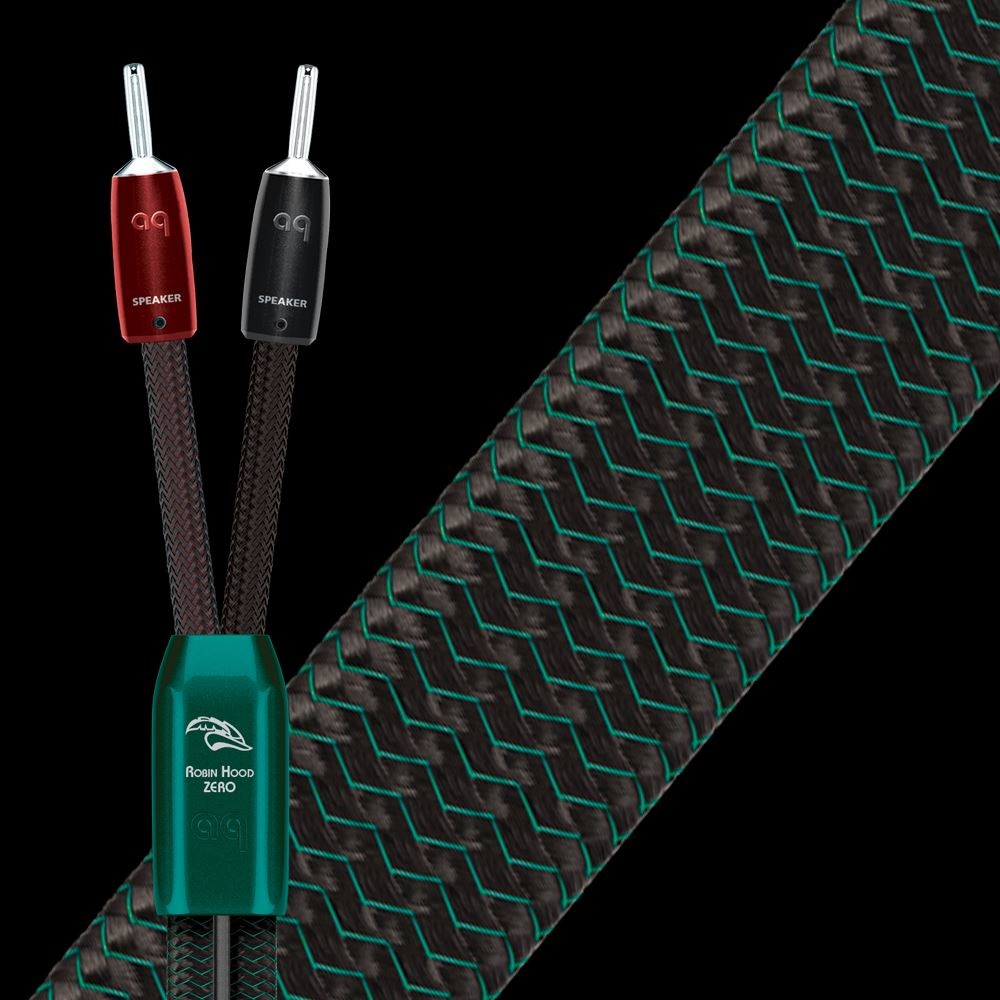
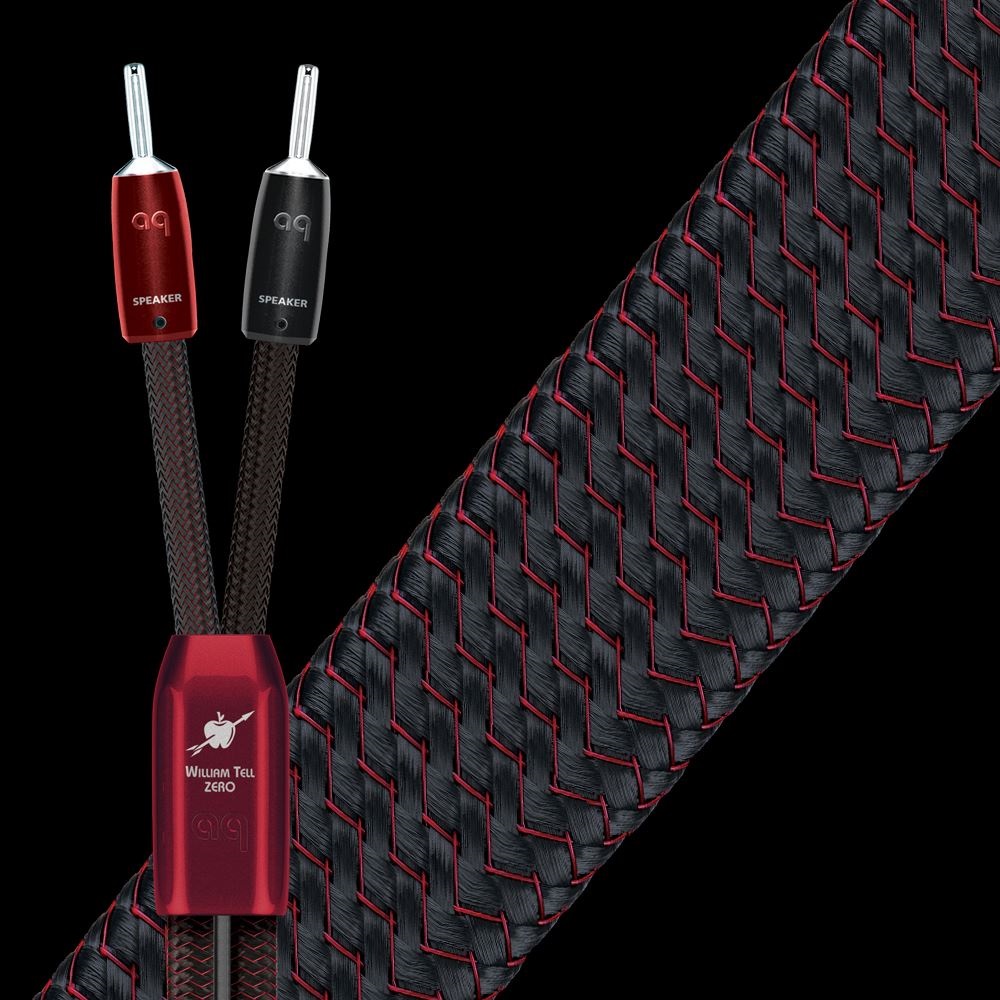
The integrity of any audio transient (instantaneous peak-to-peak voltage swing and current) delivered from a power amplifier to a loudspeaker has always been compromised.
Solid conductors prevent electrical strand-to-strand interaction, major sources of distortion.
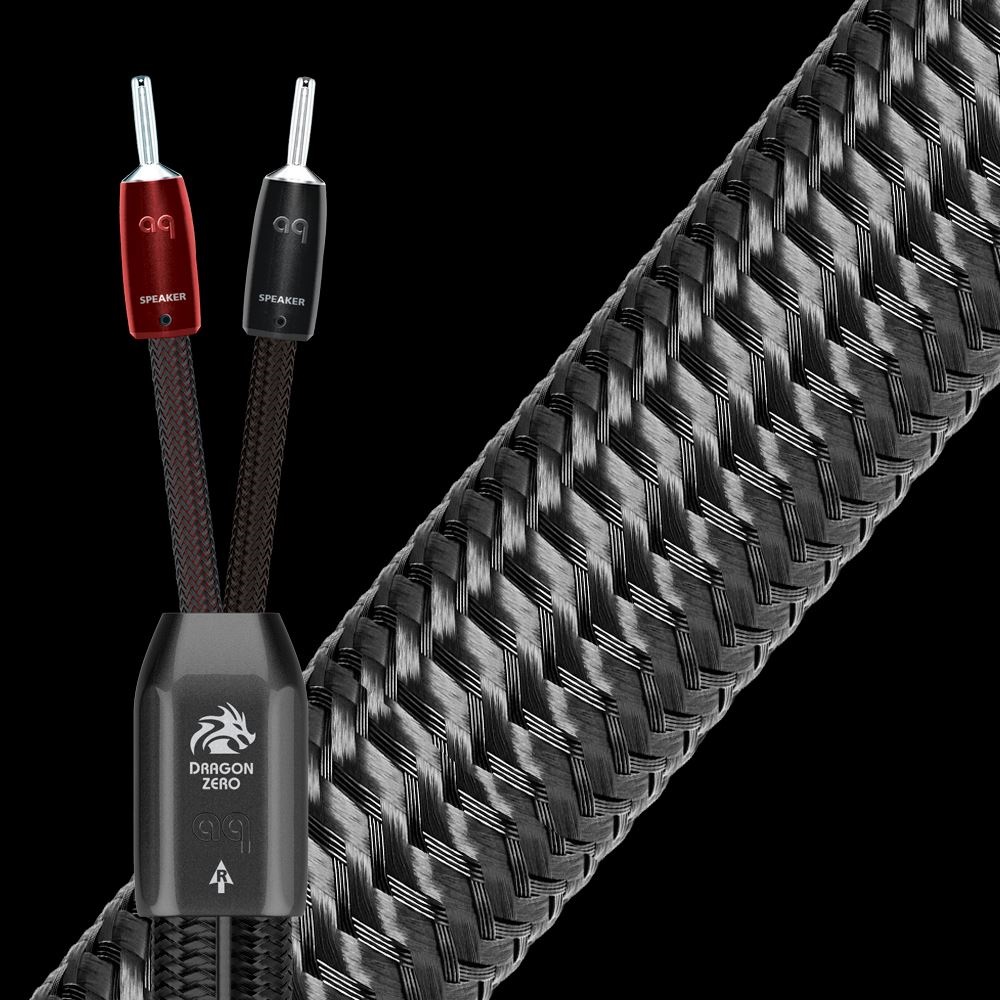
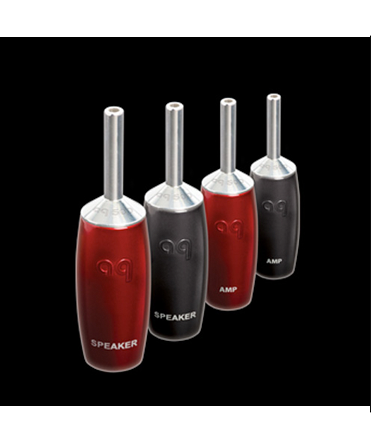
SET OF 4